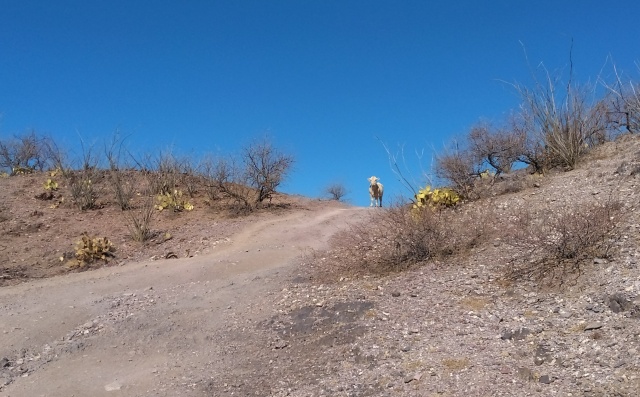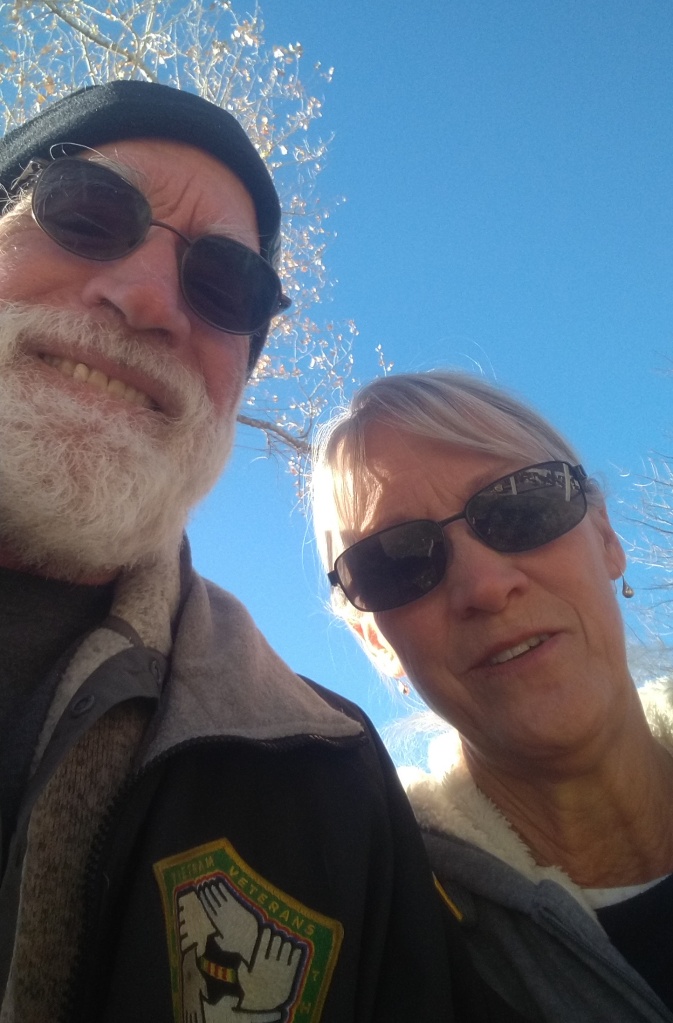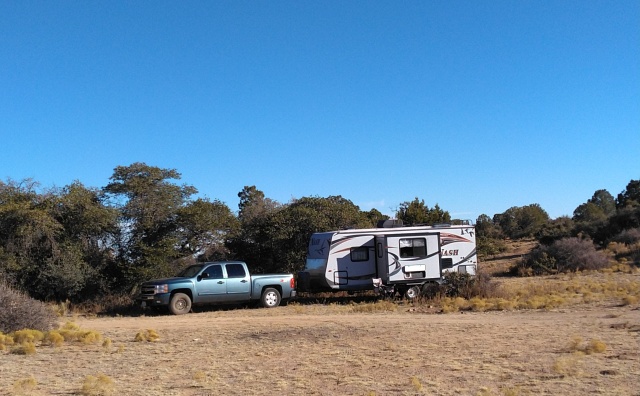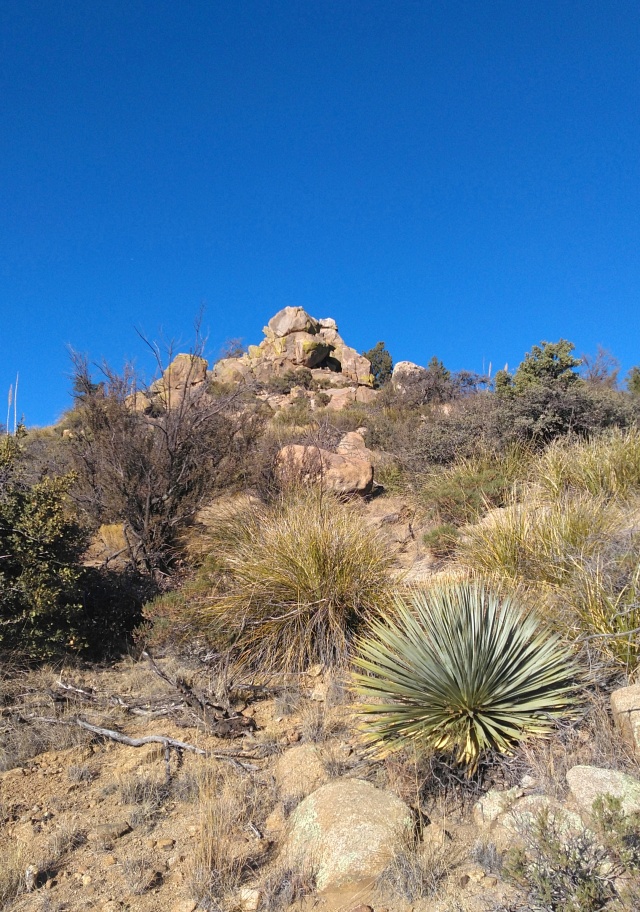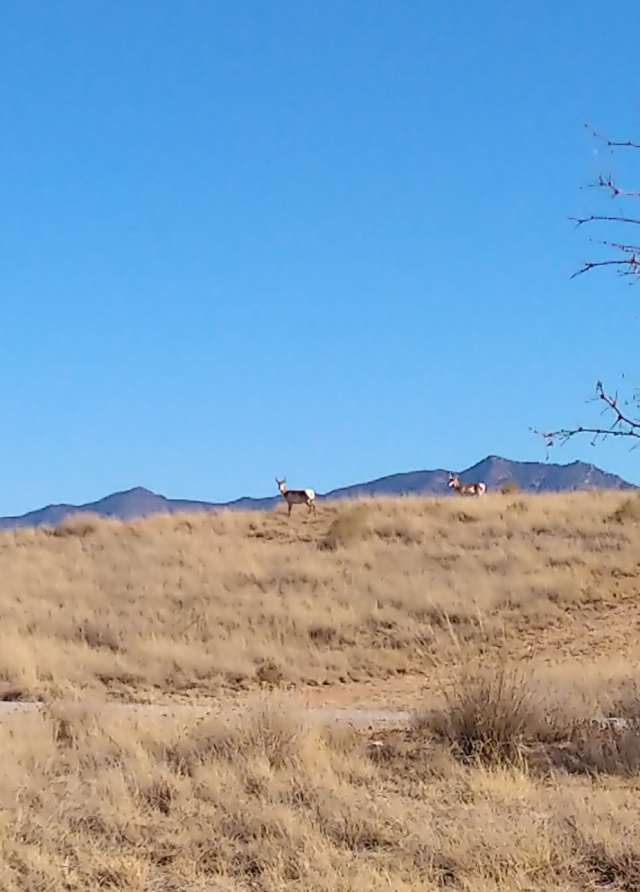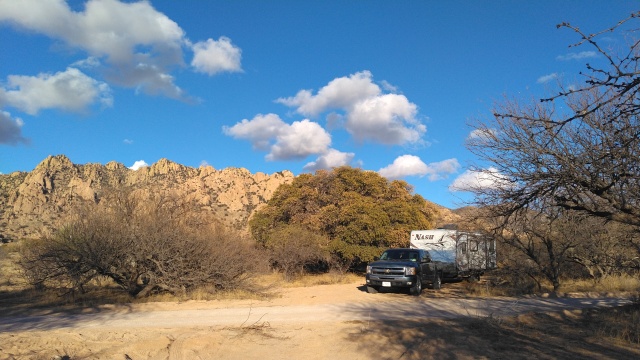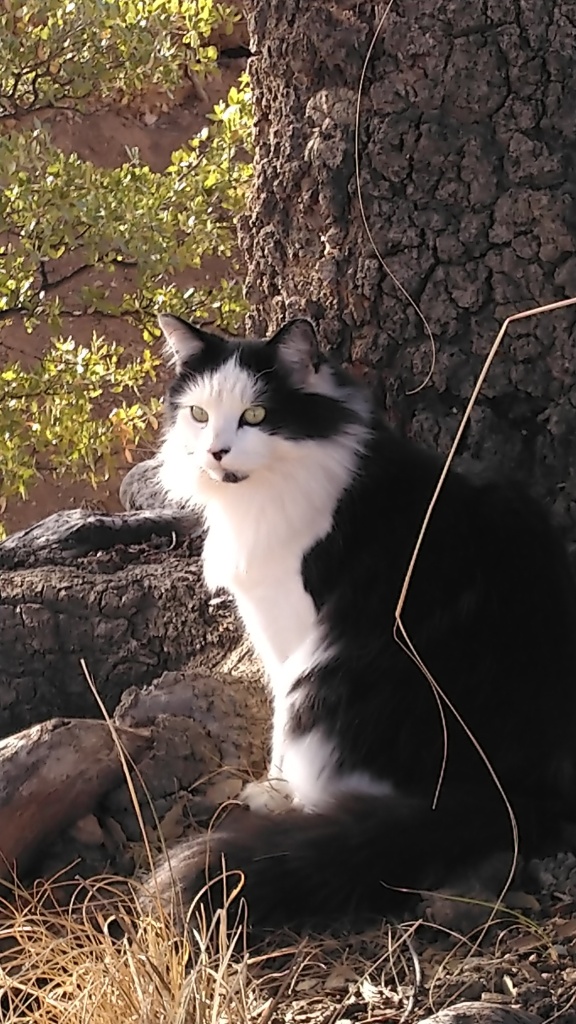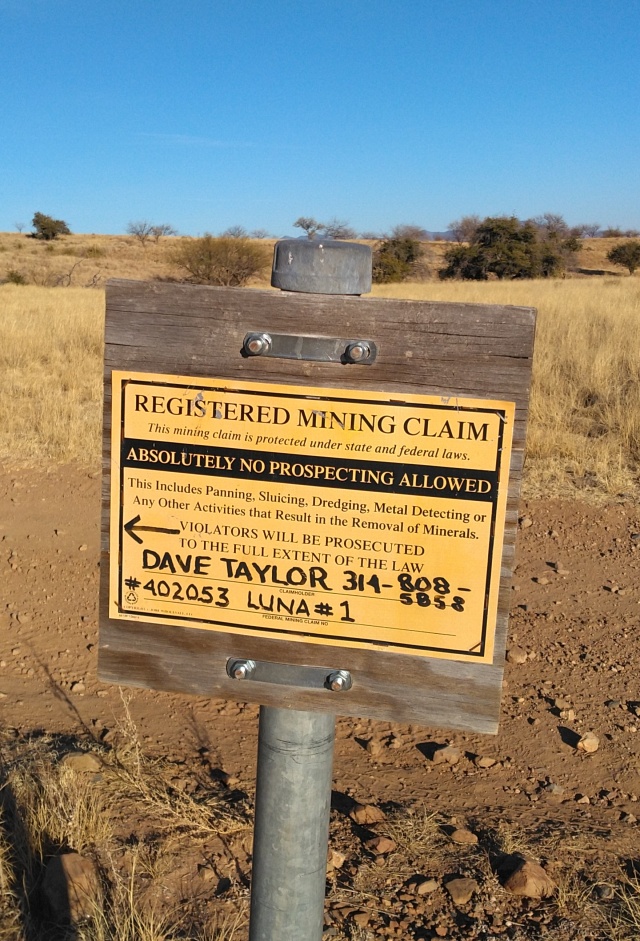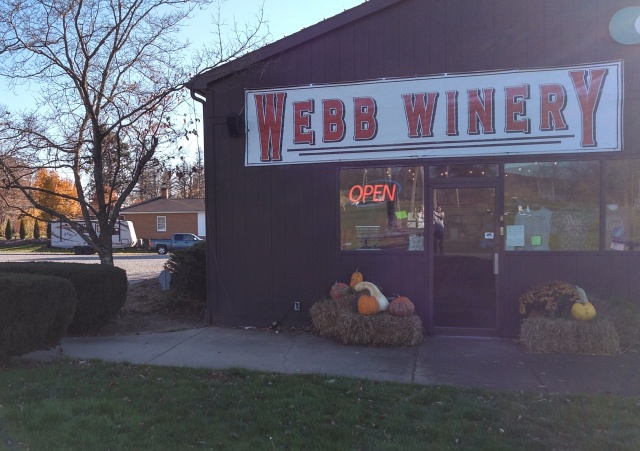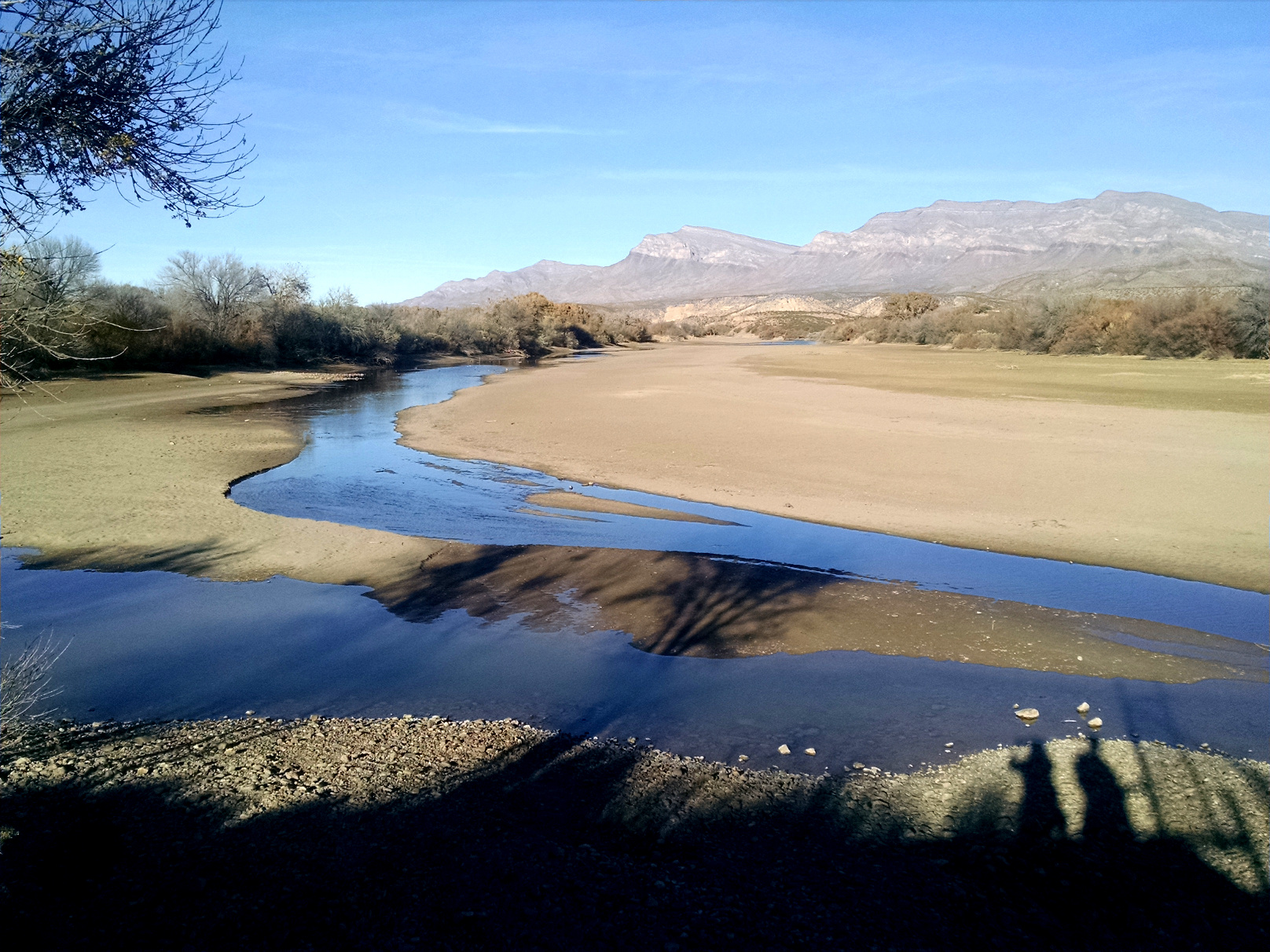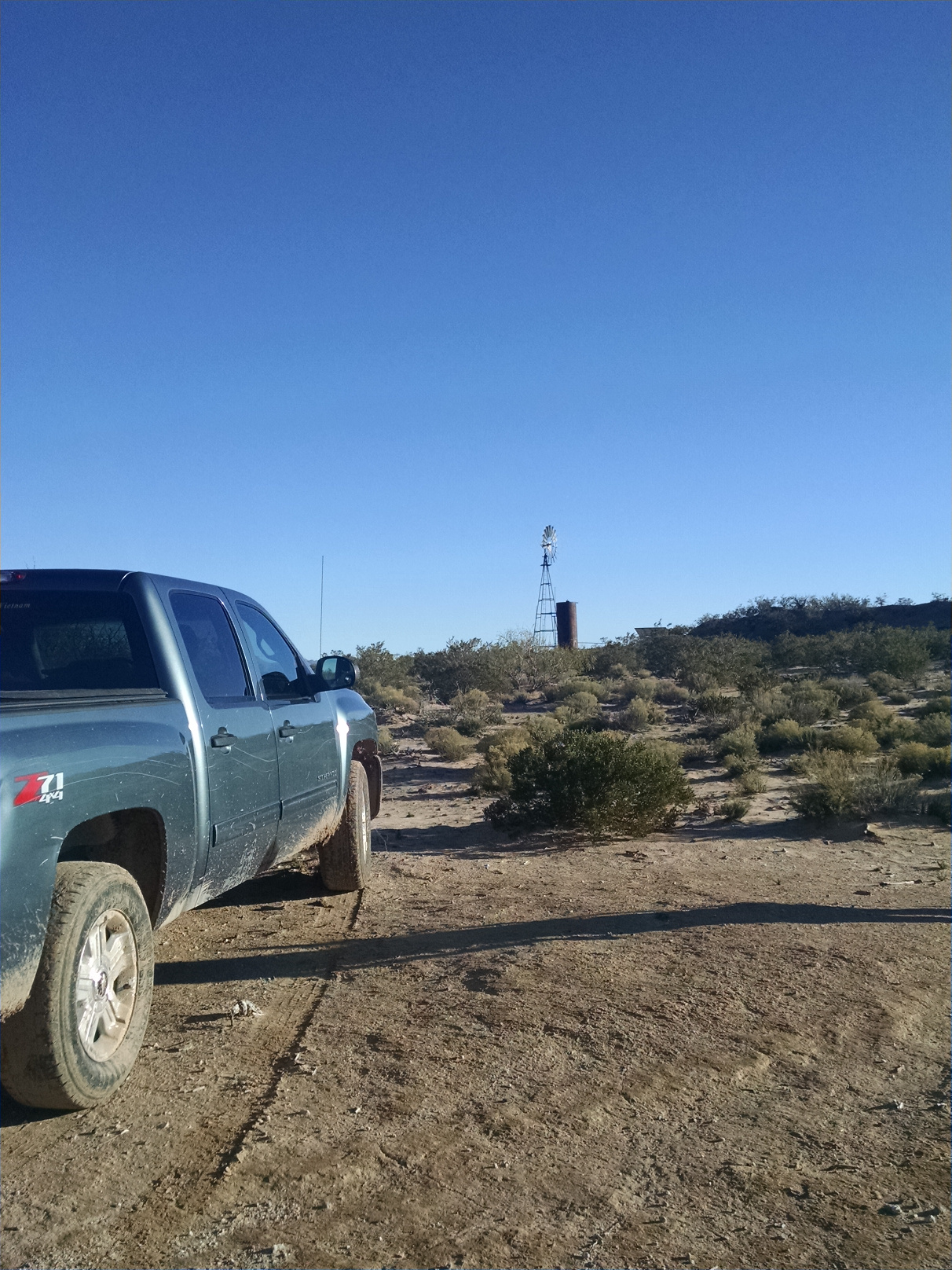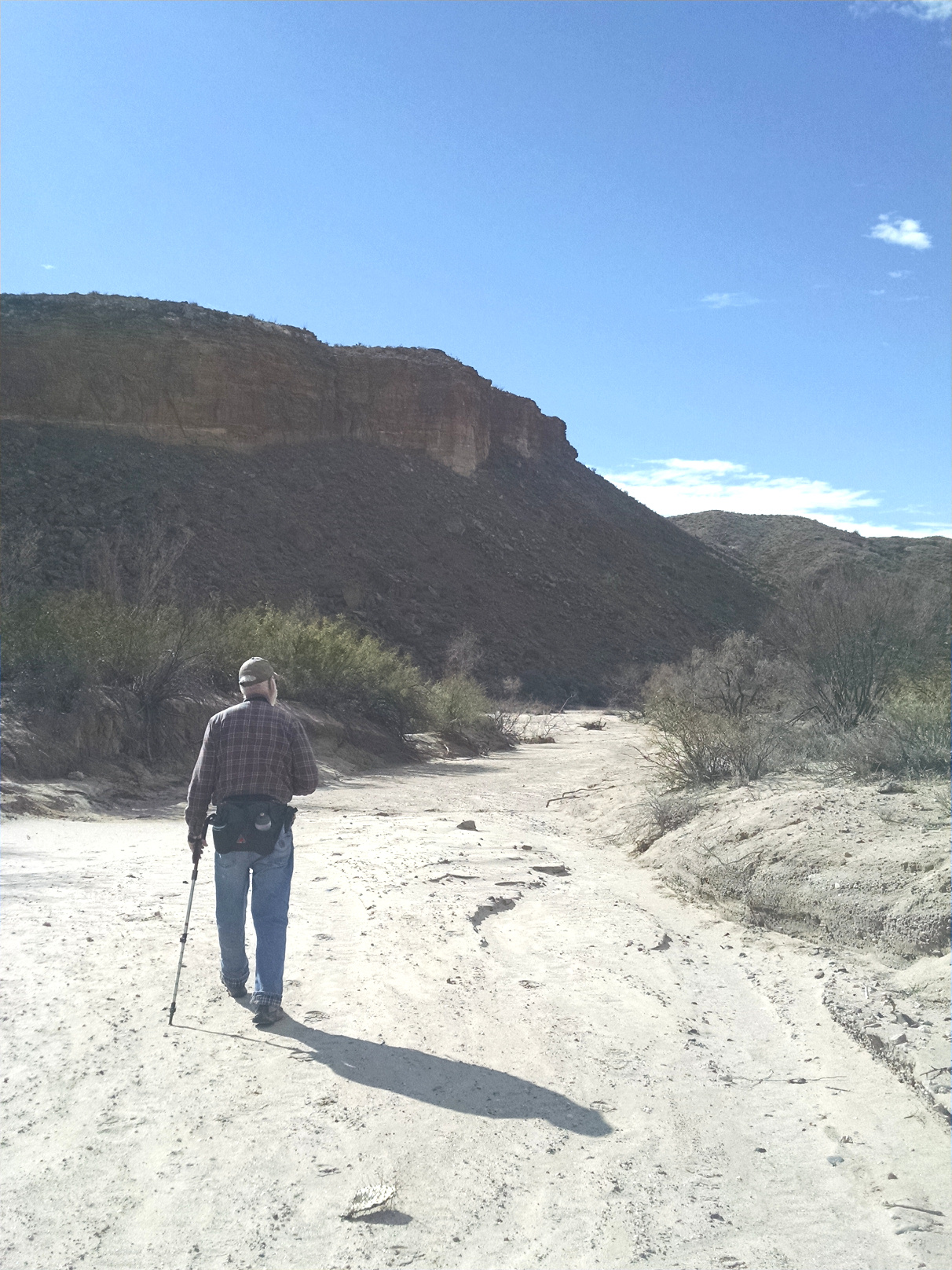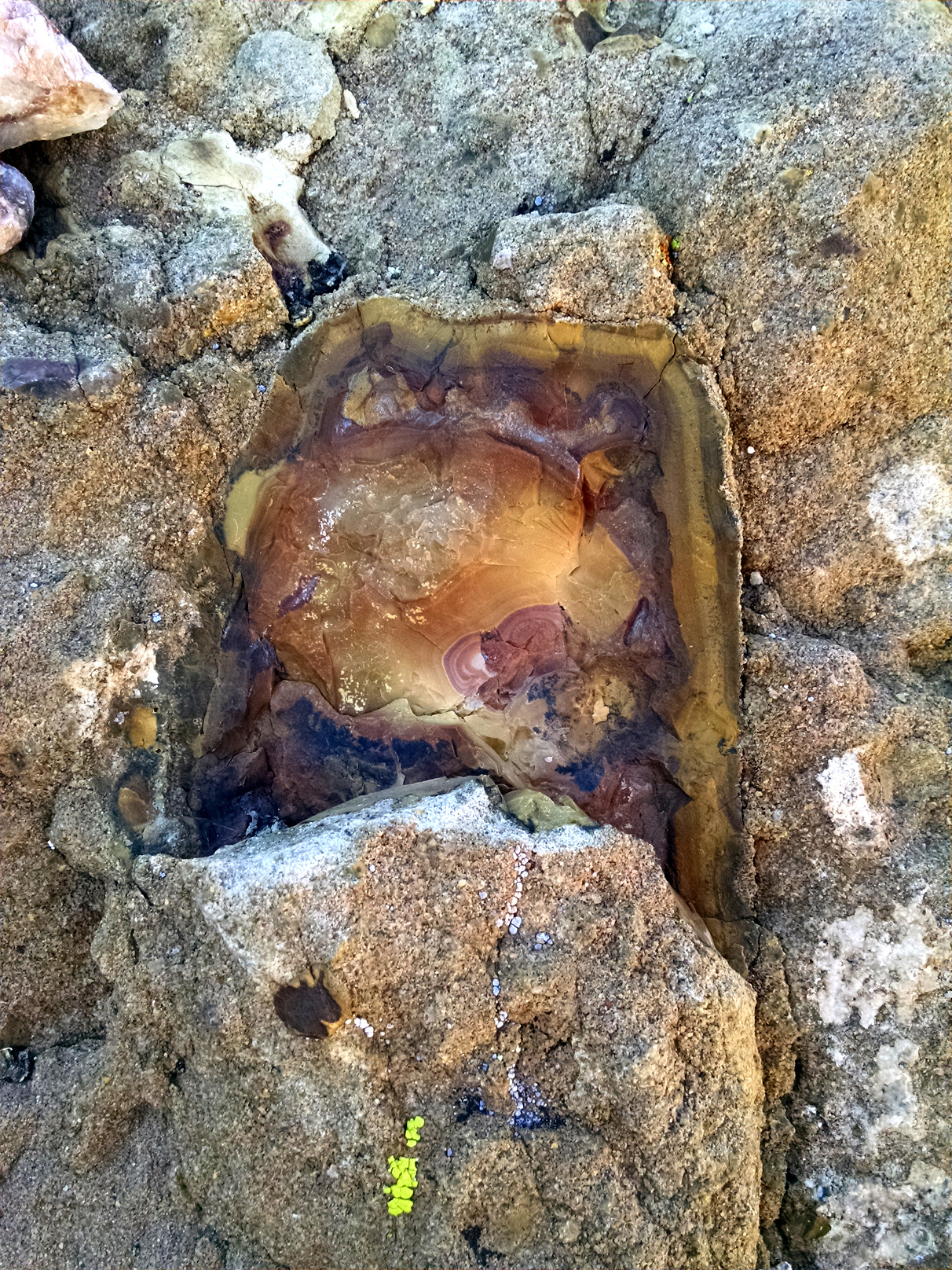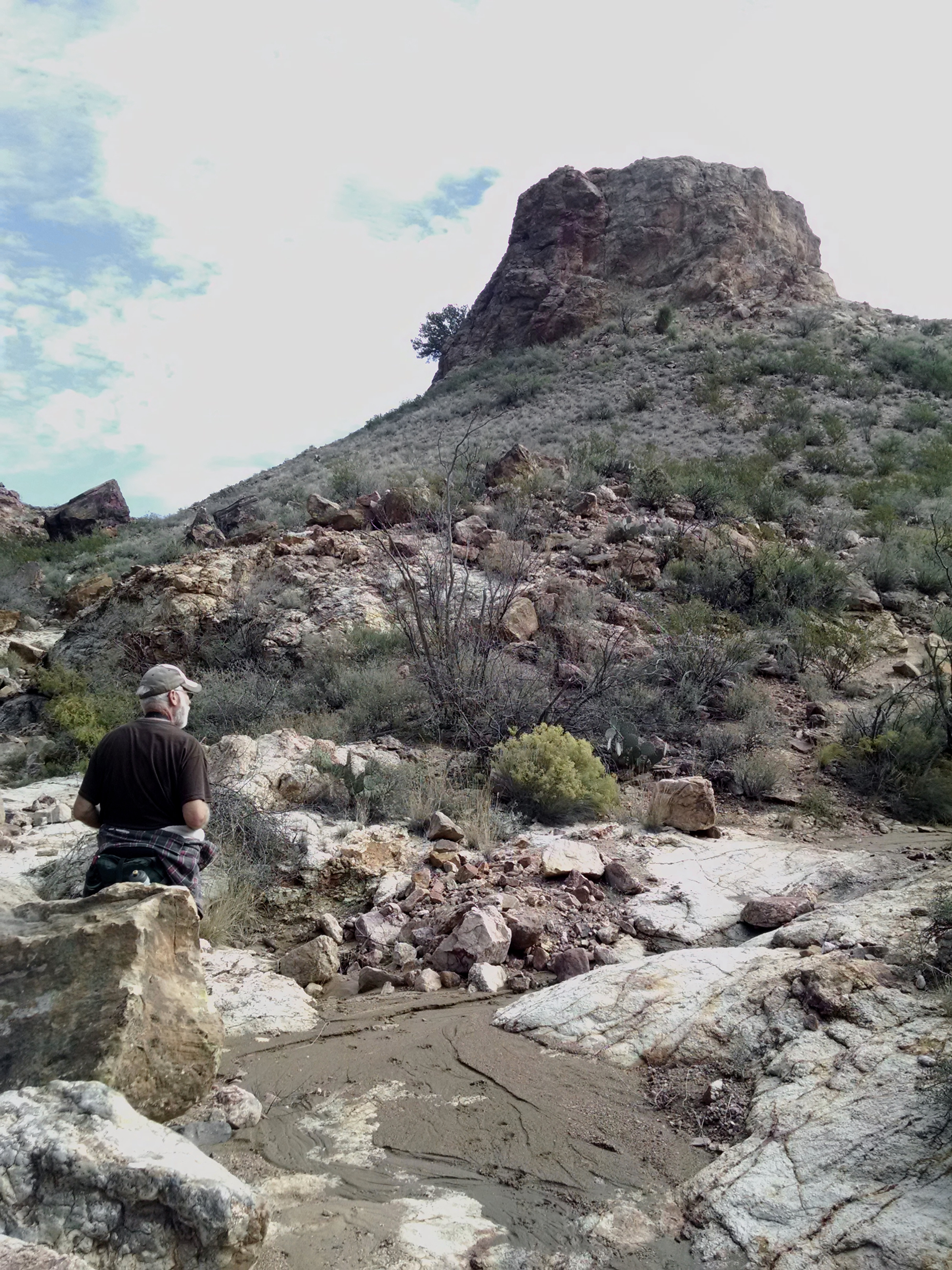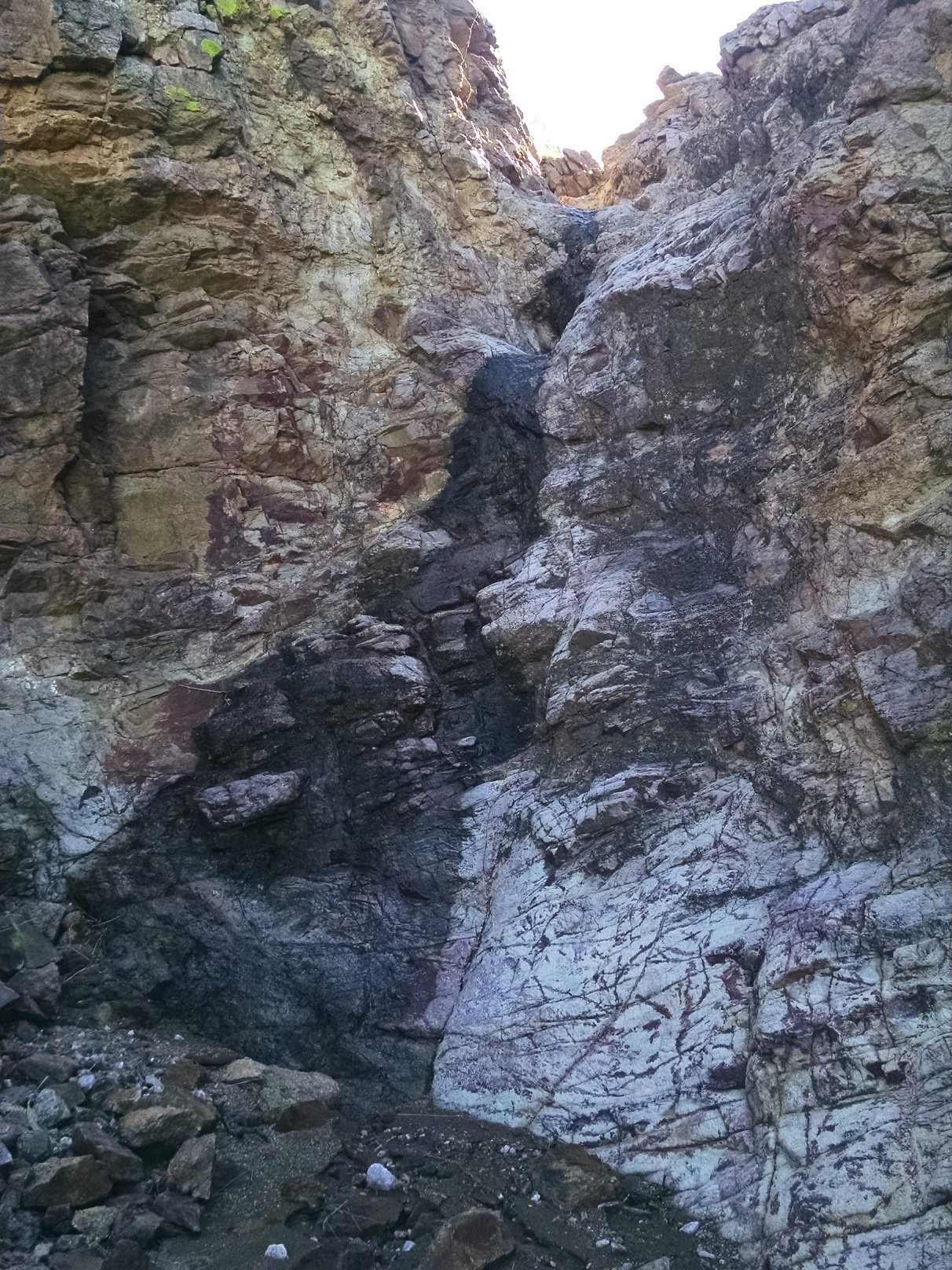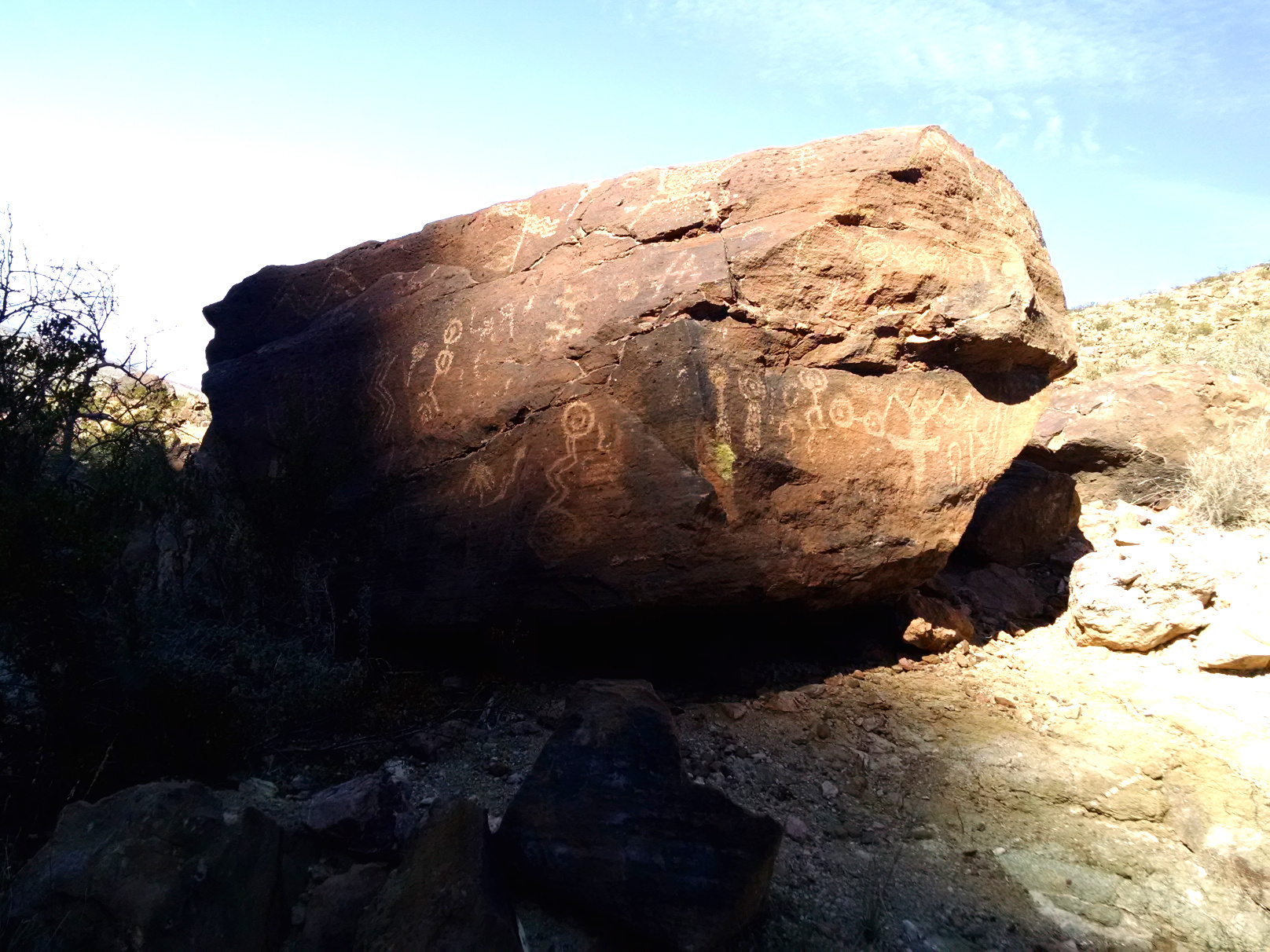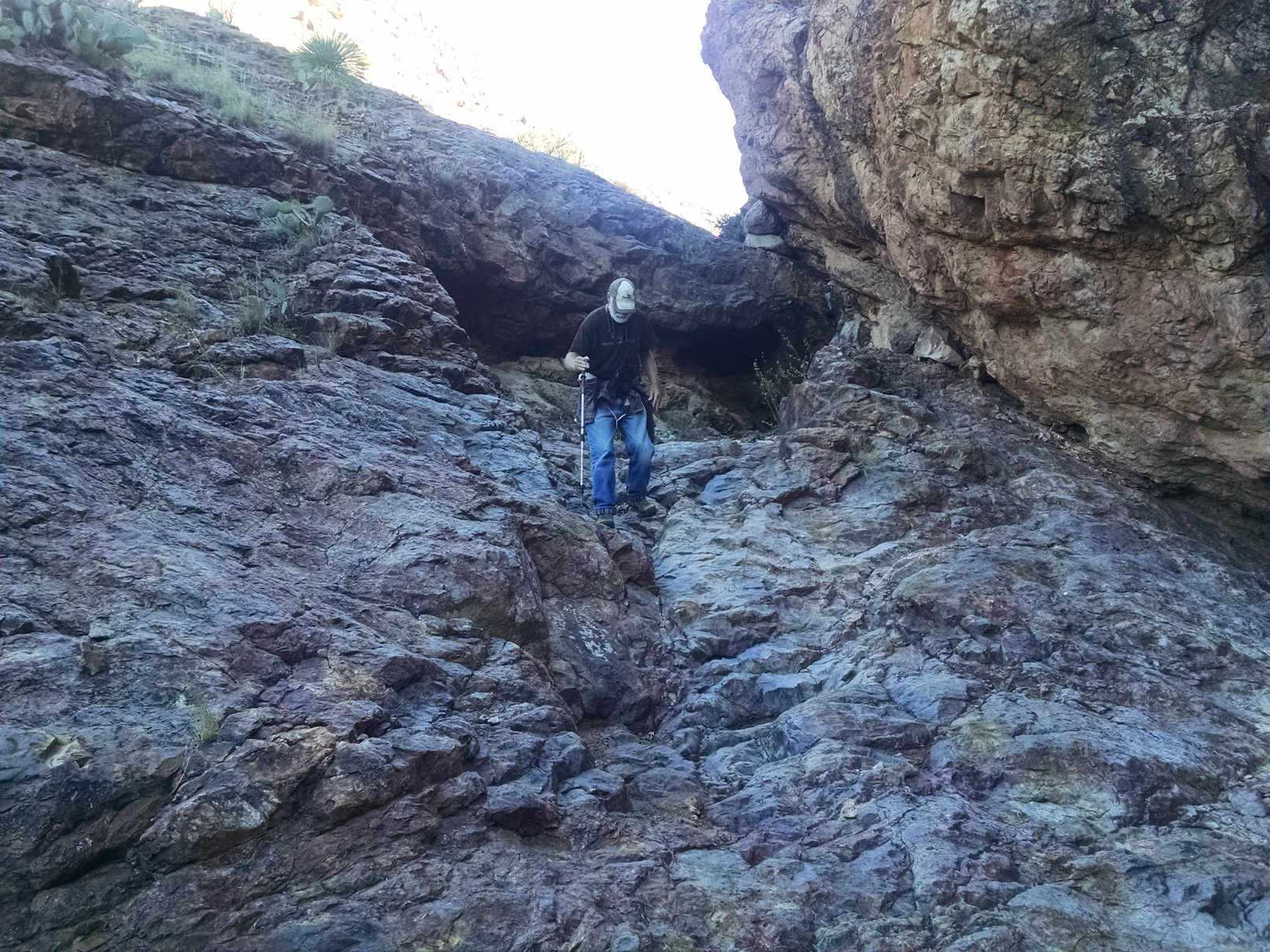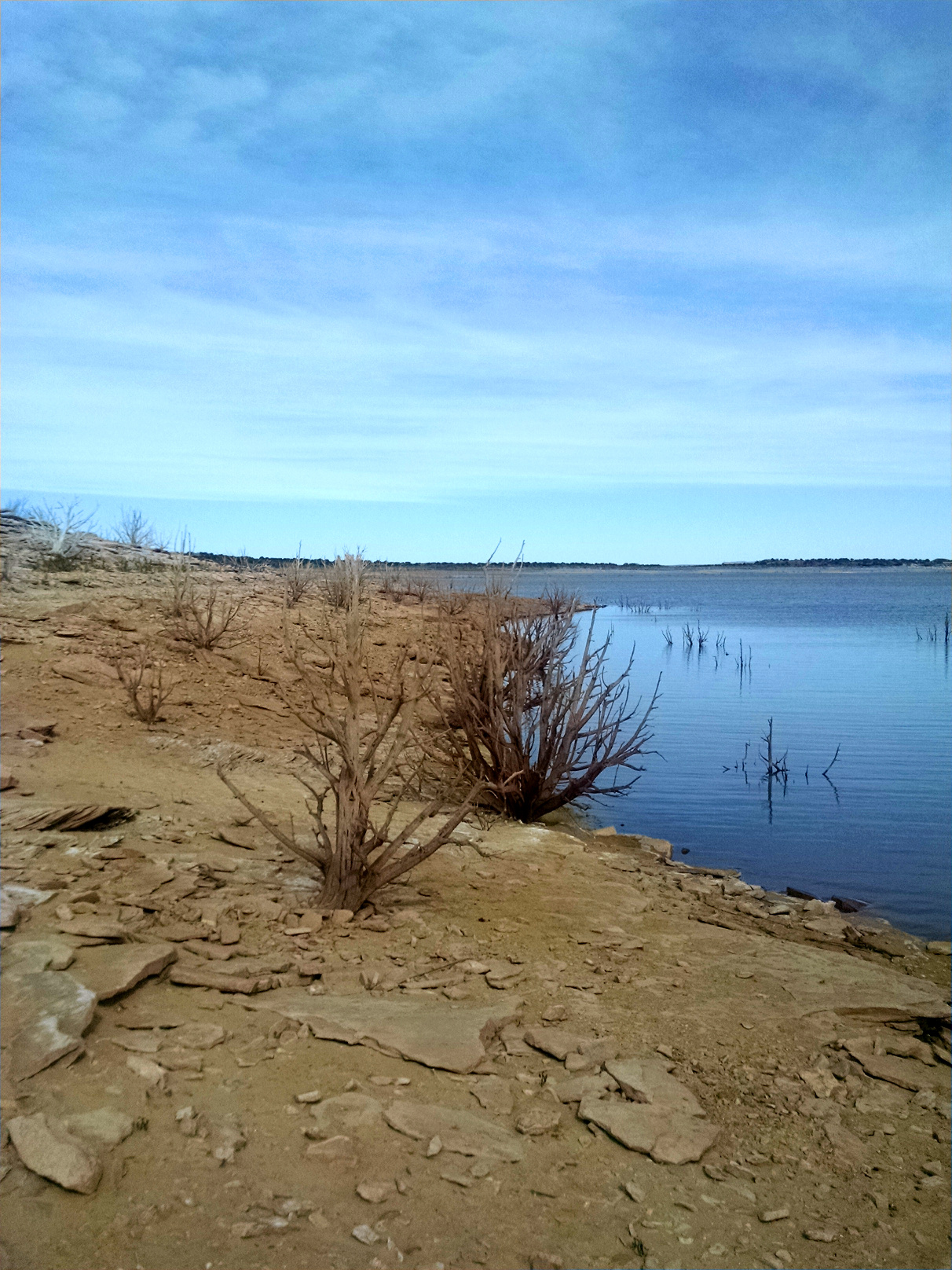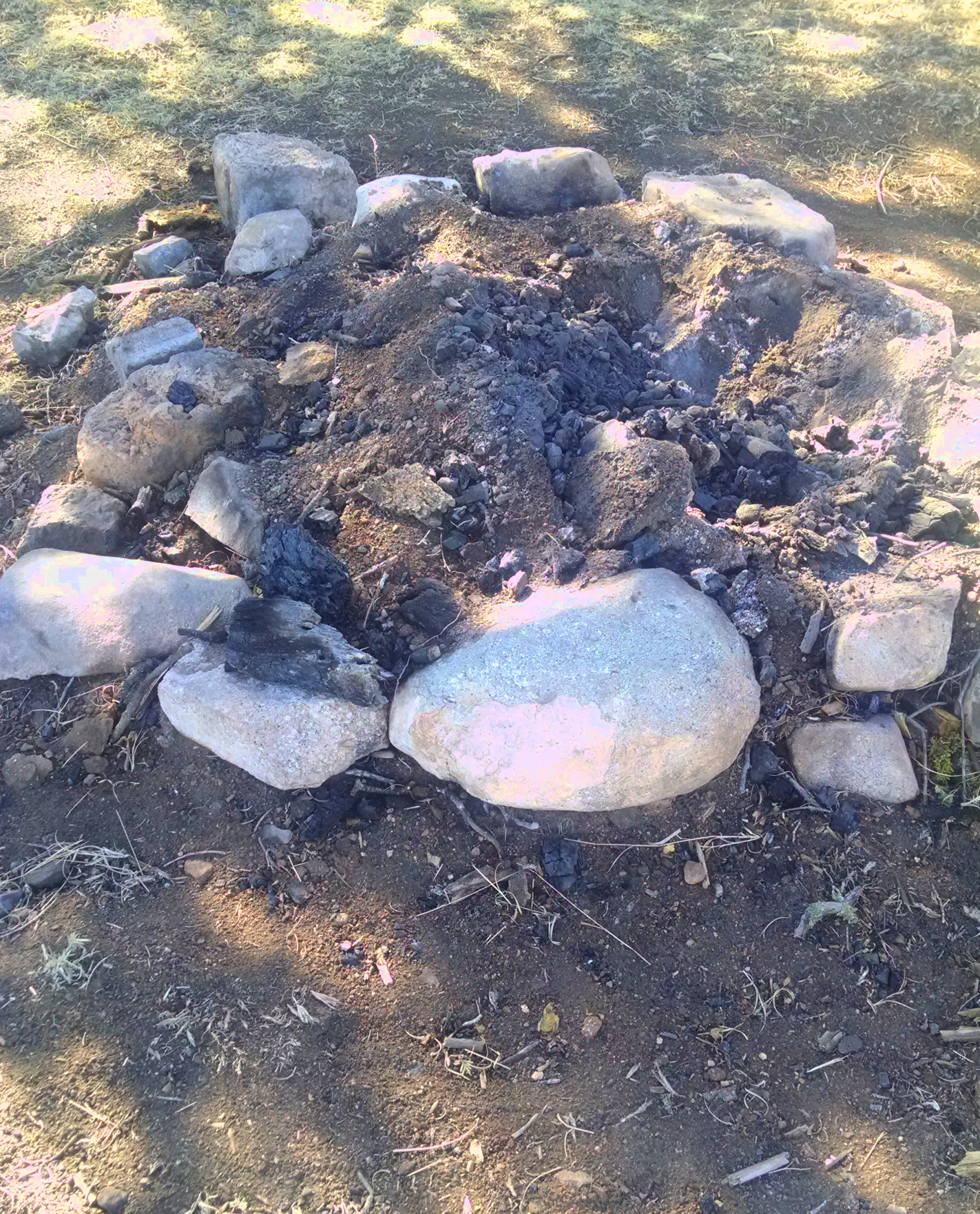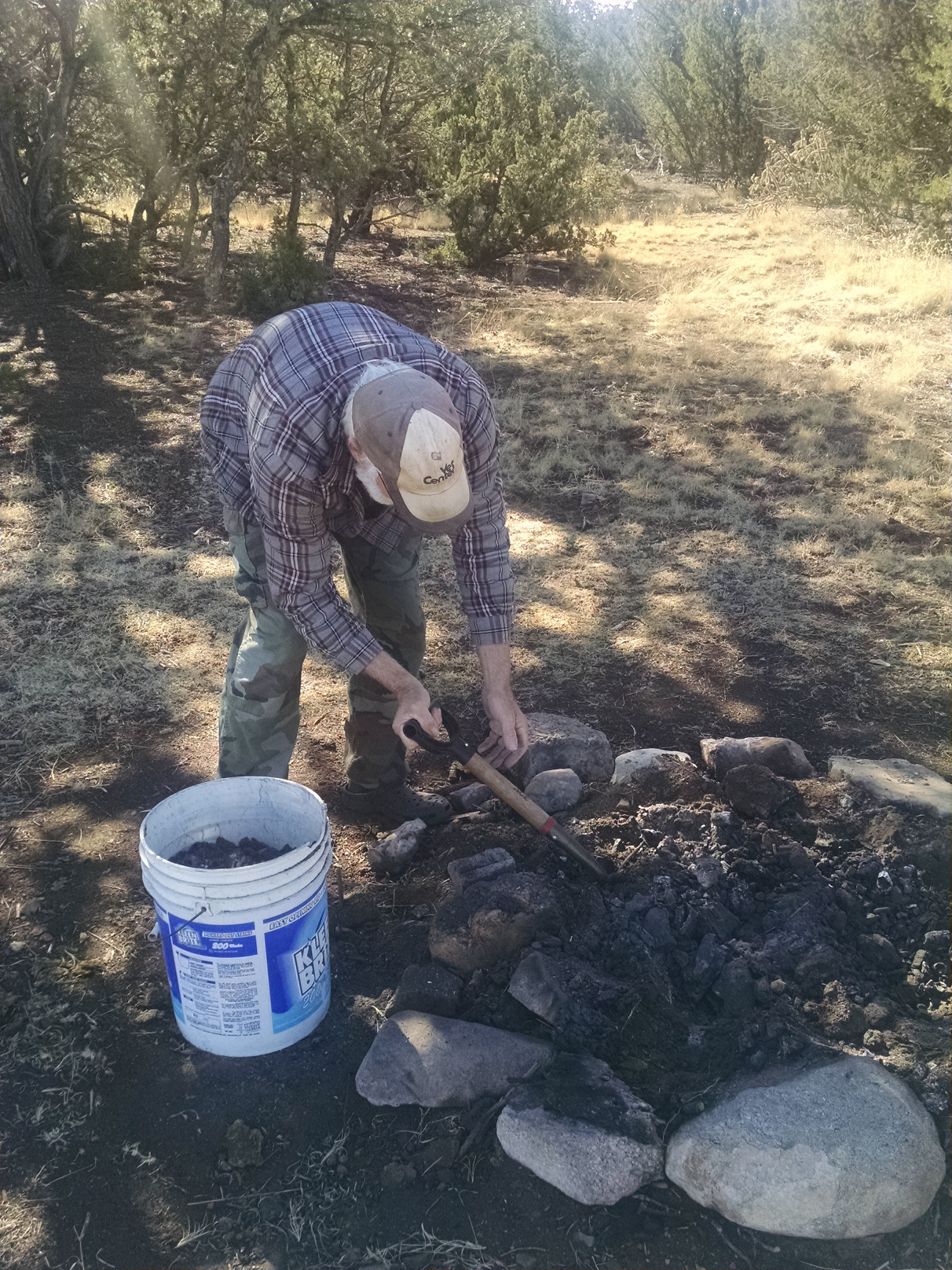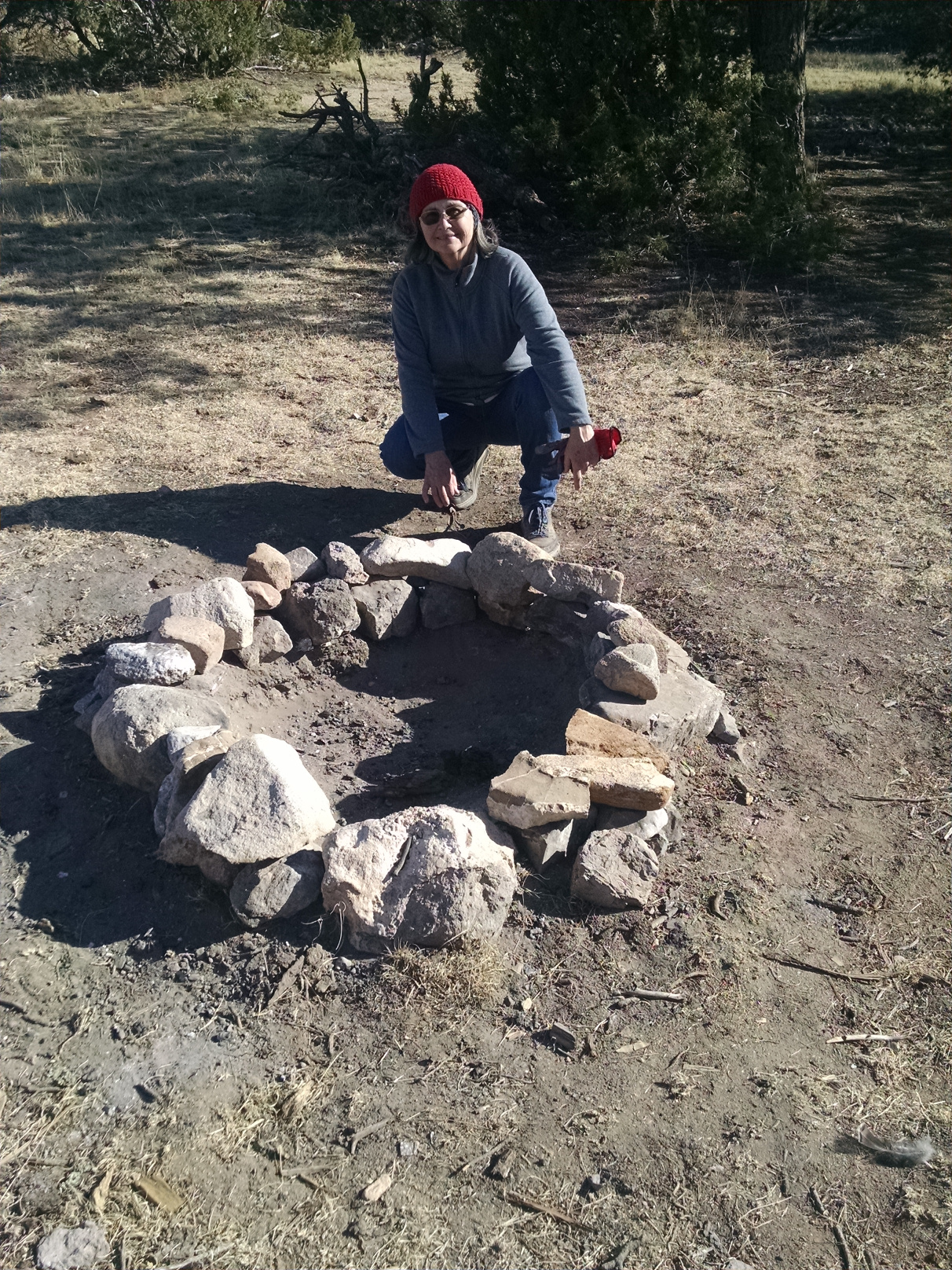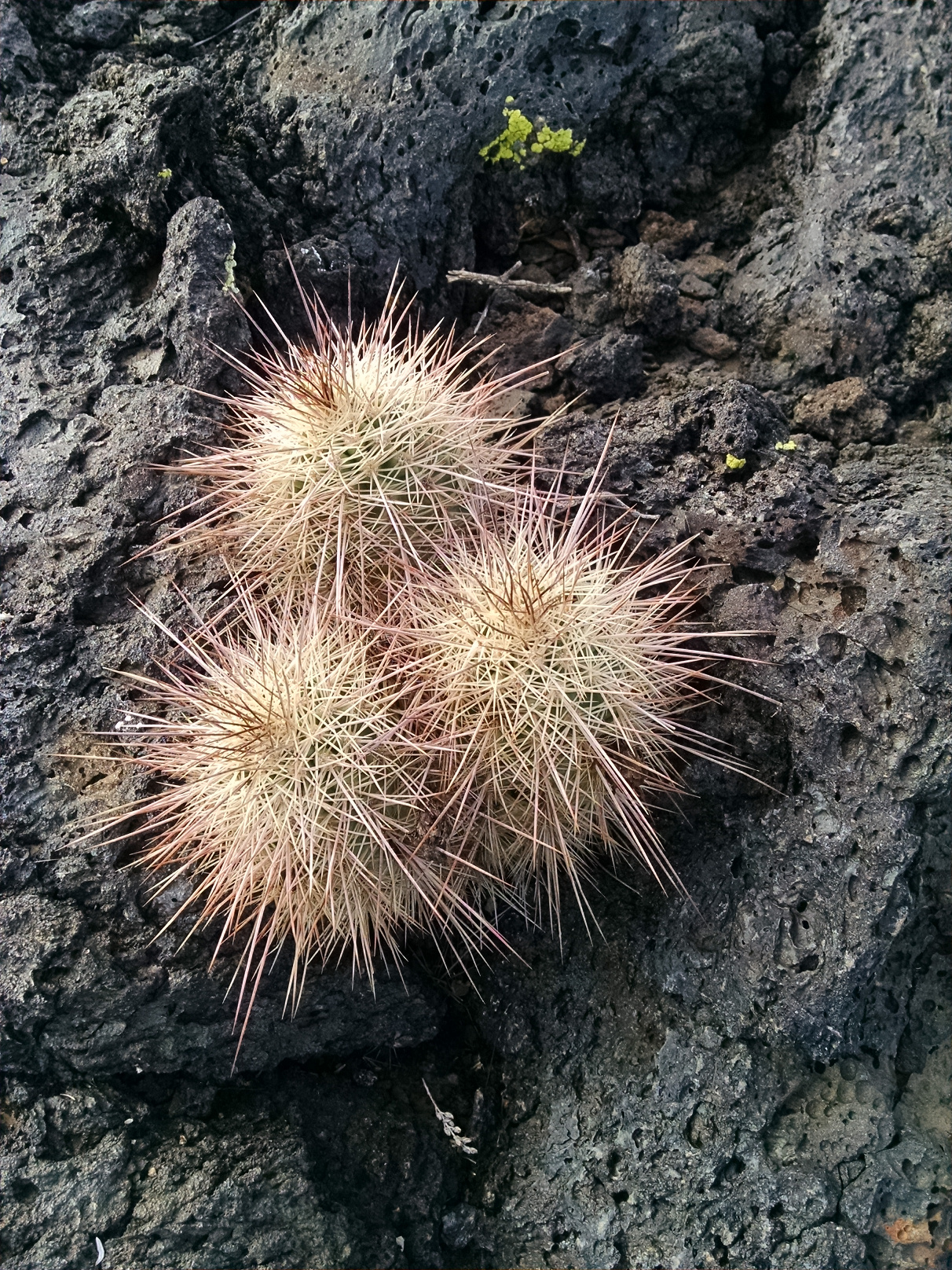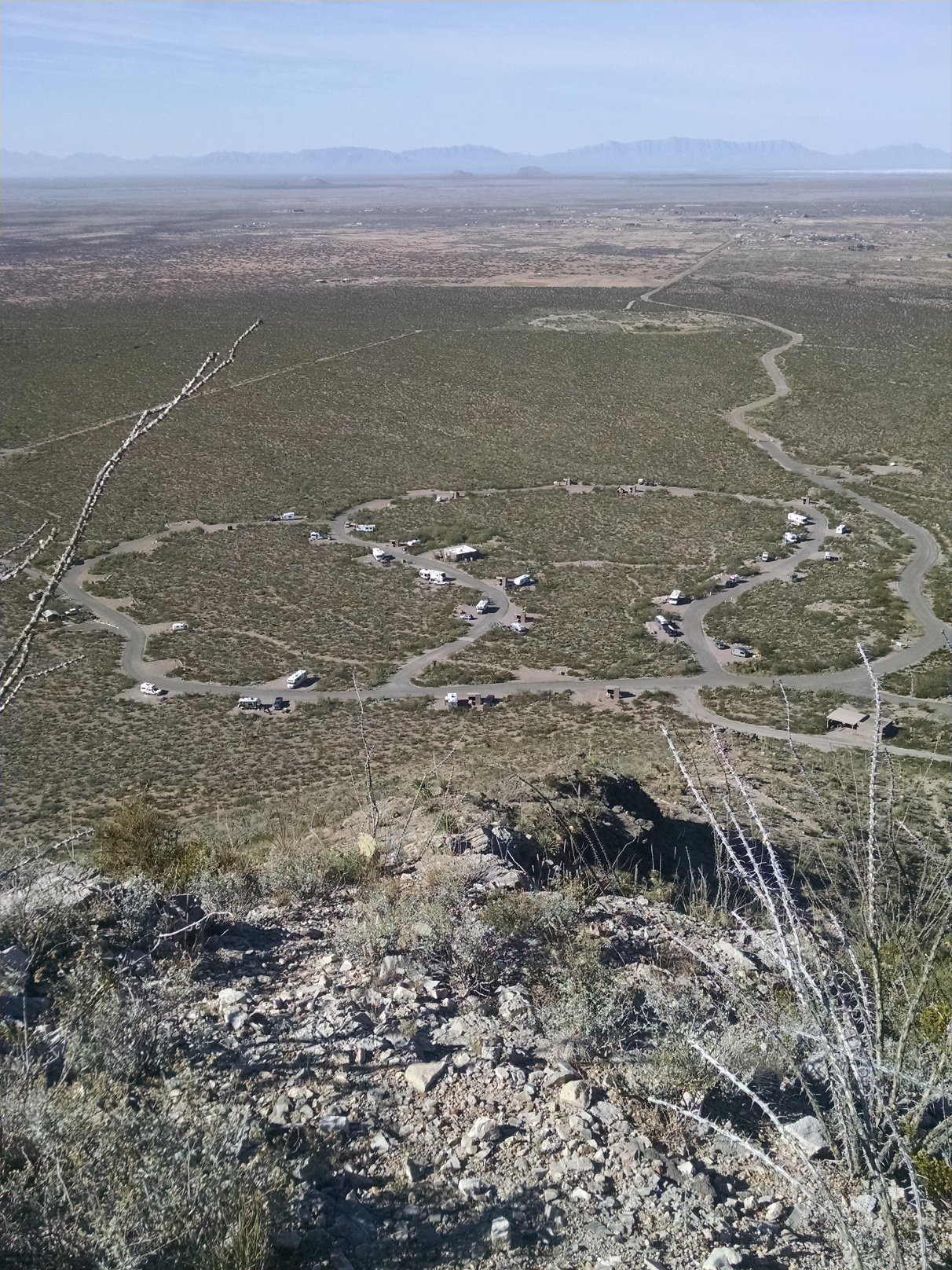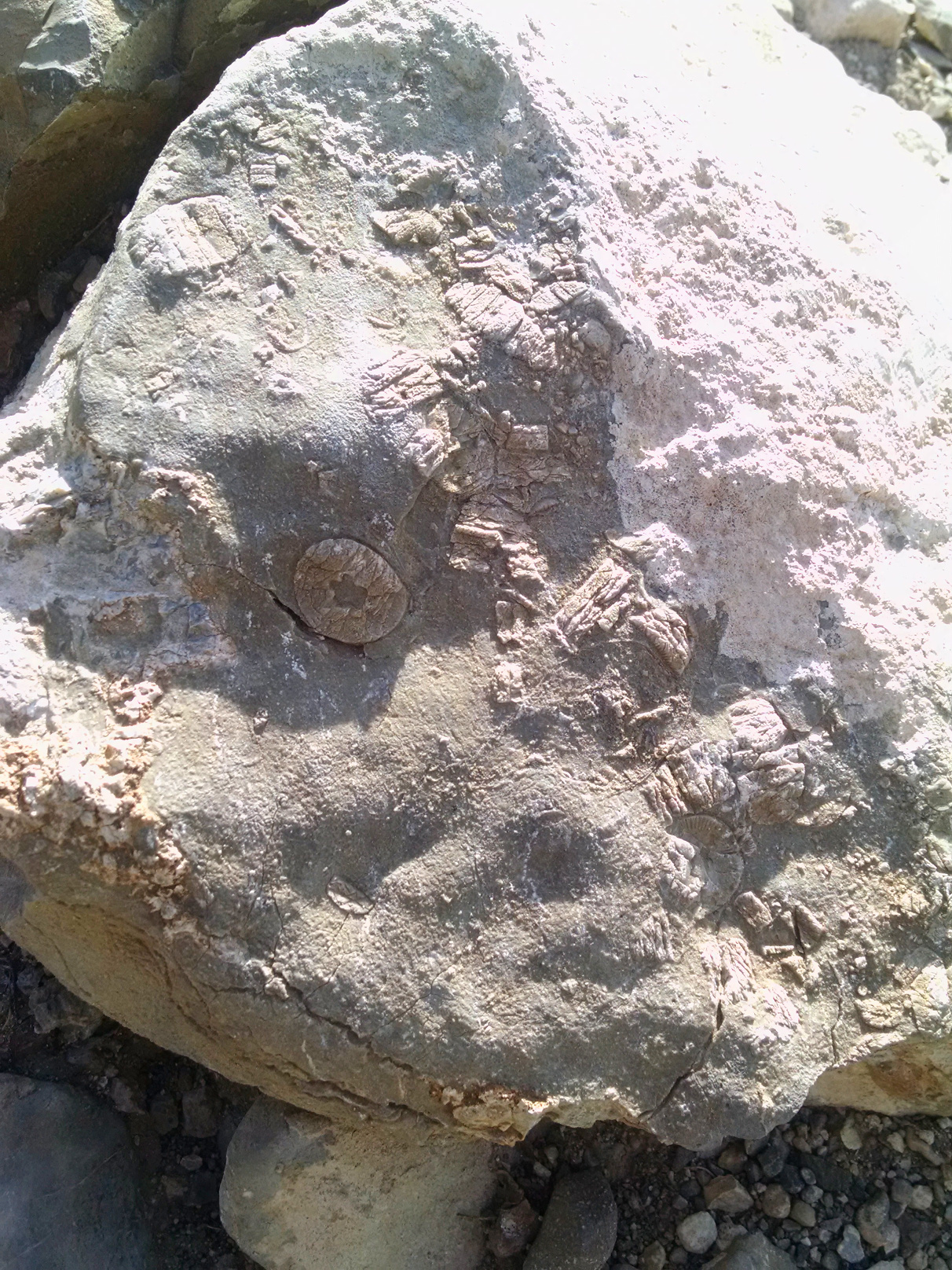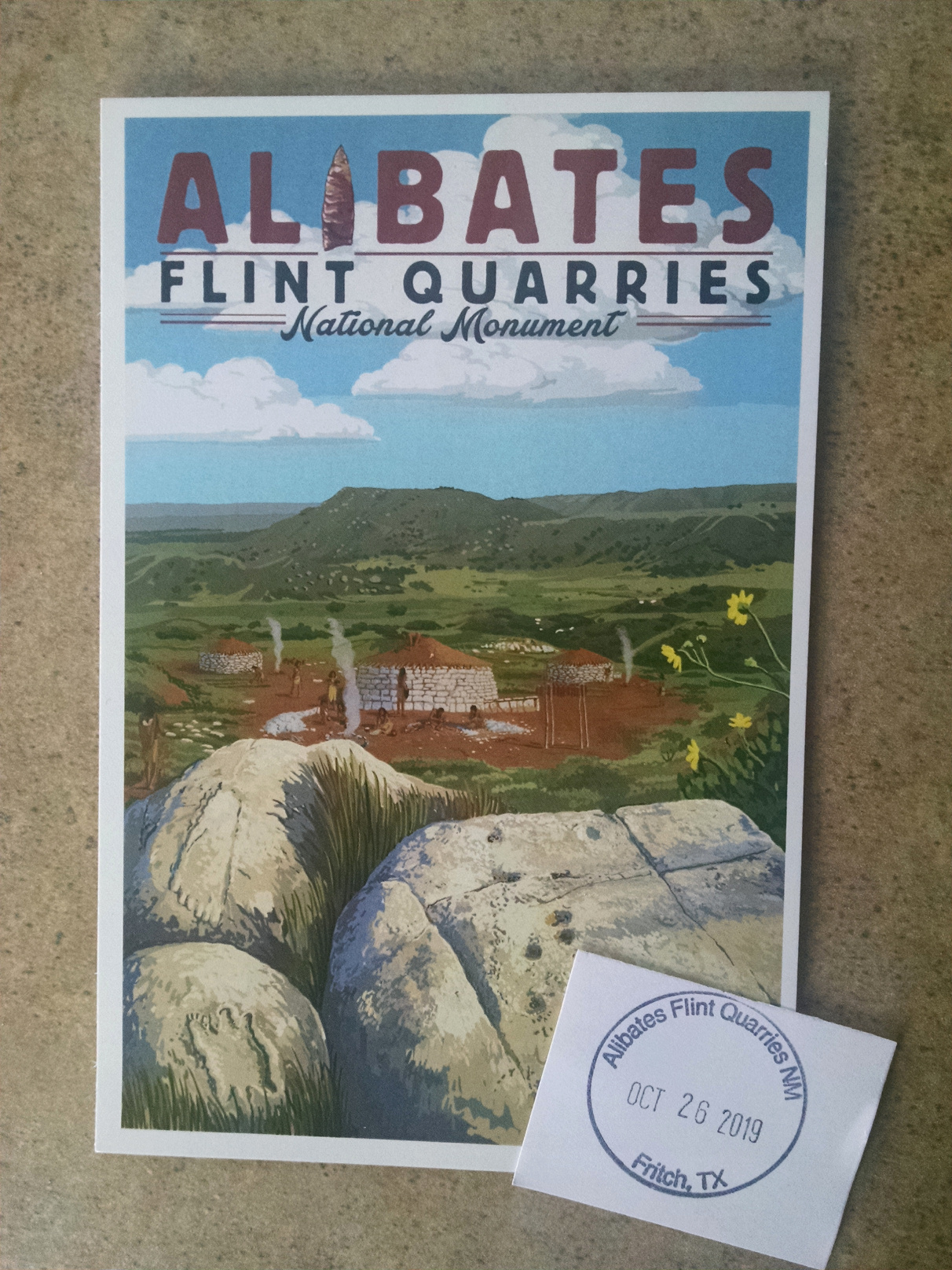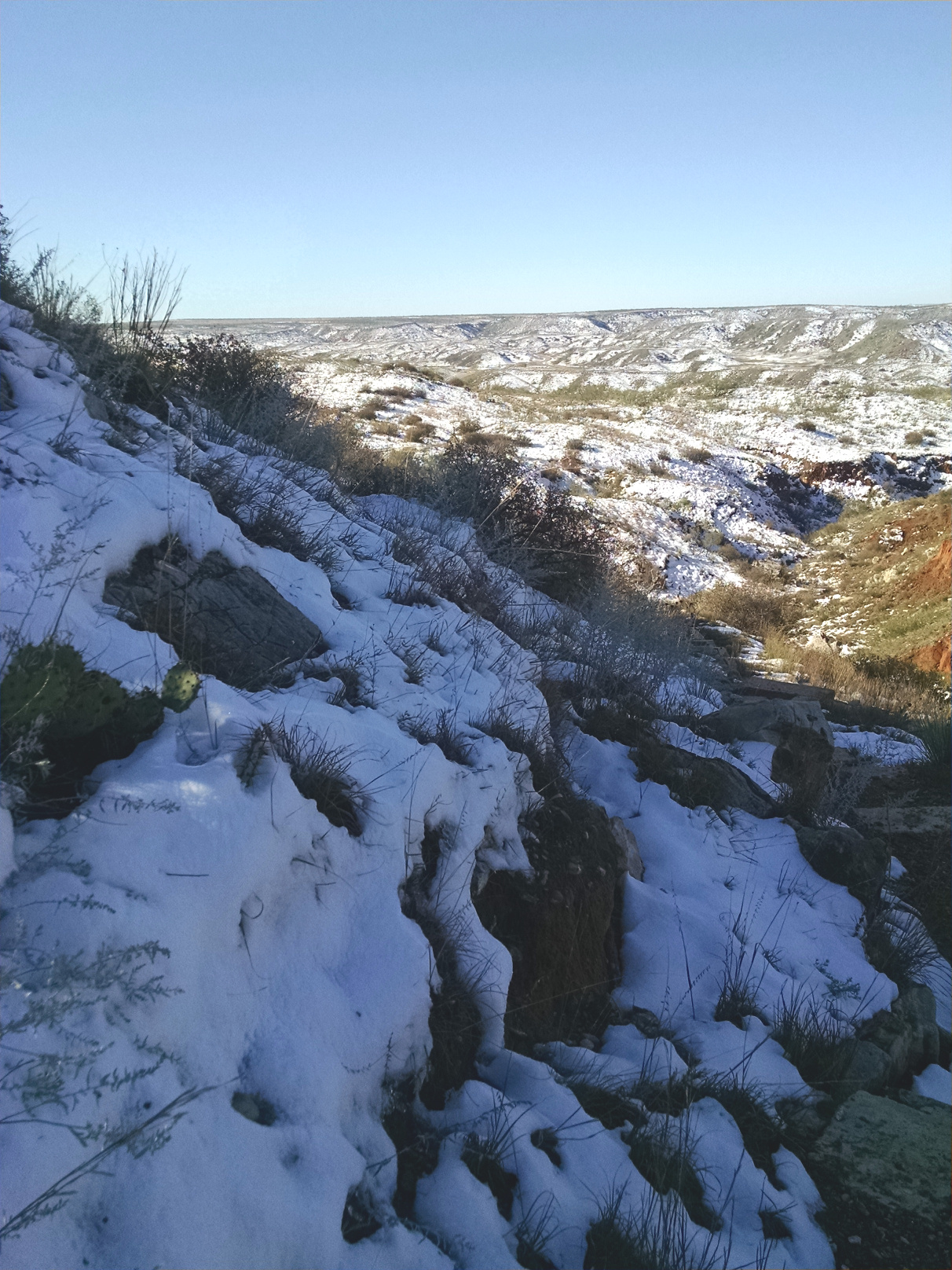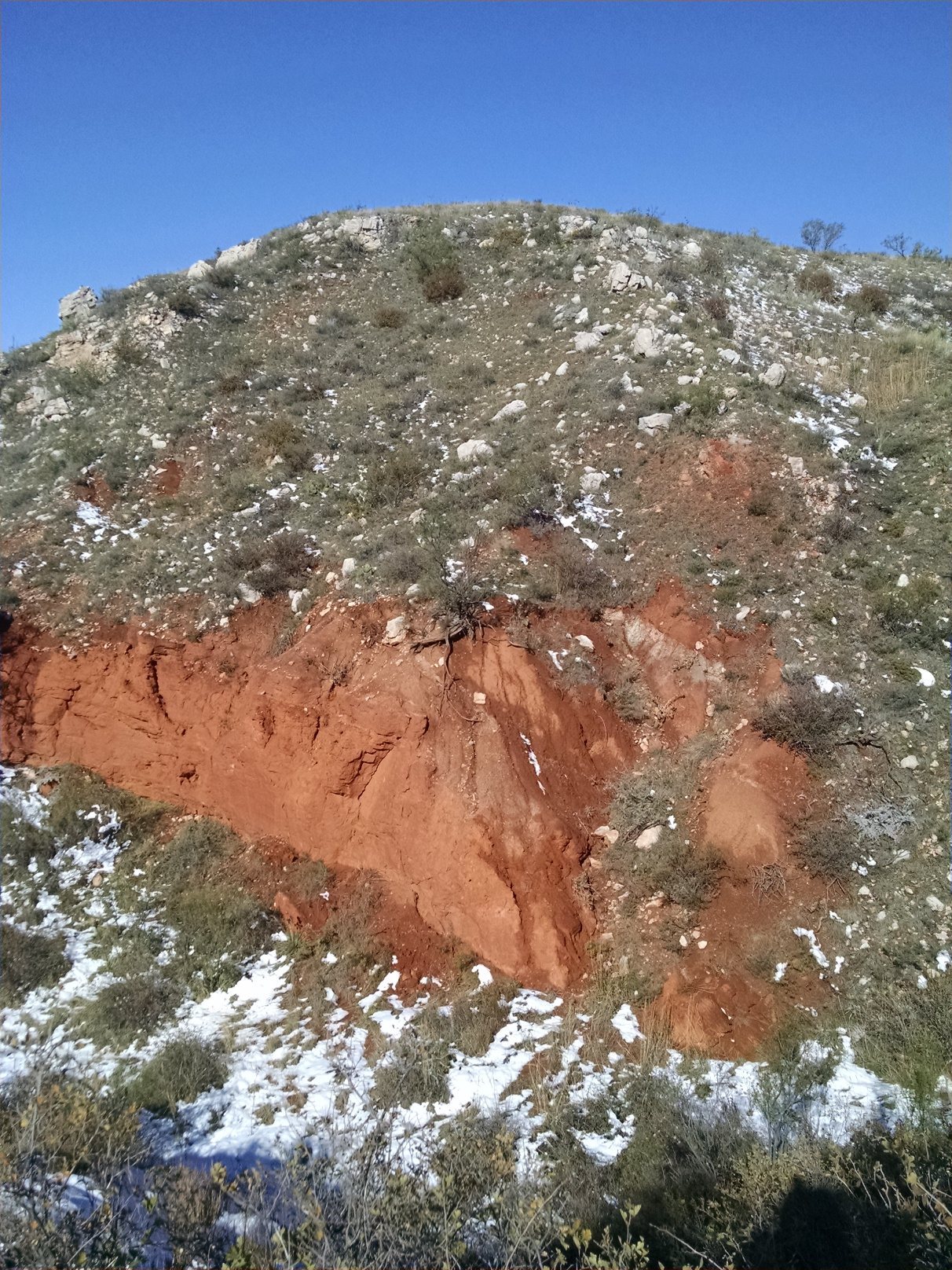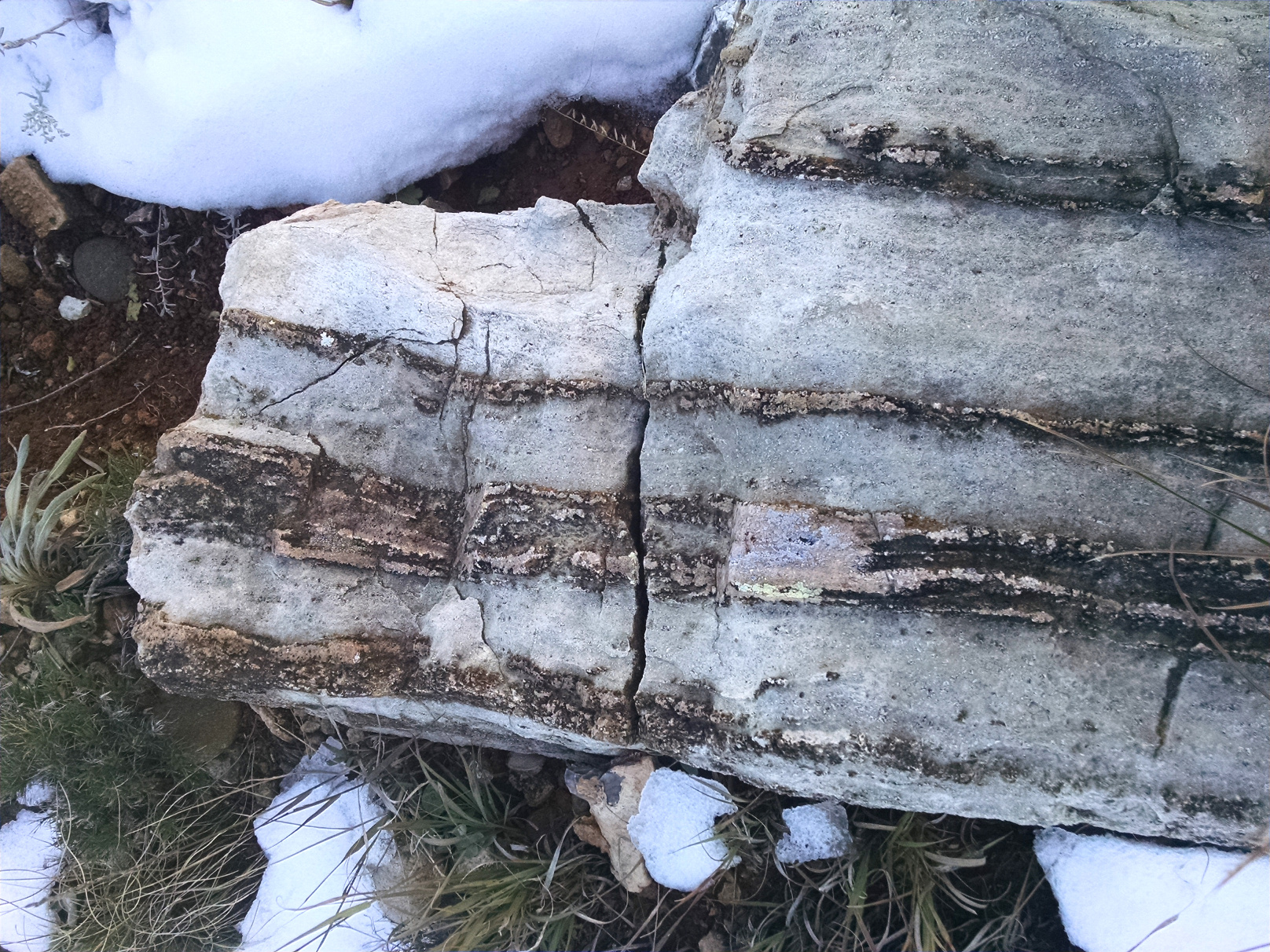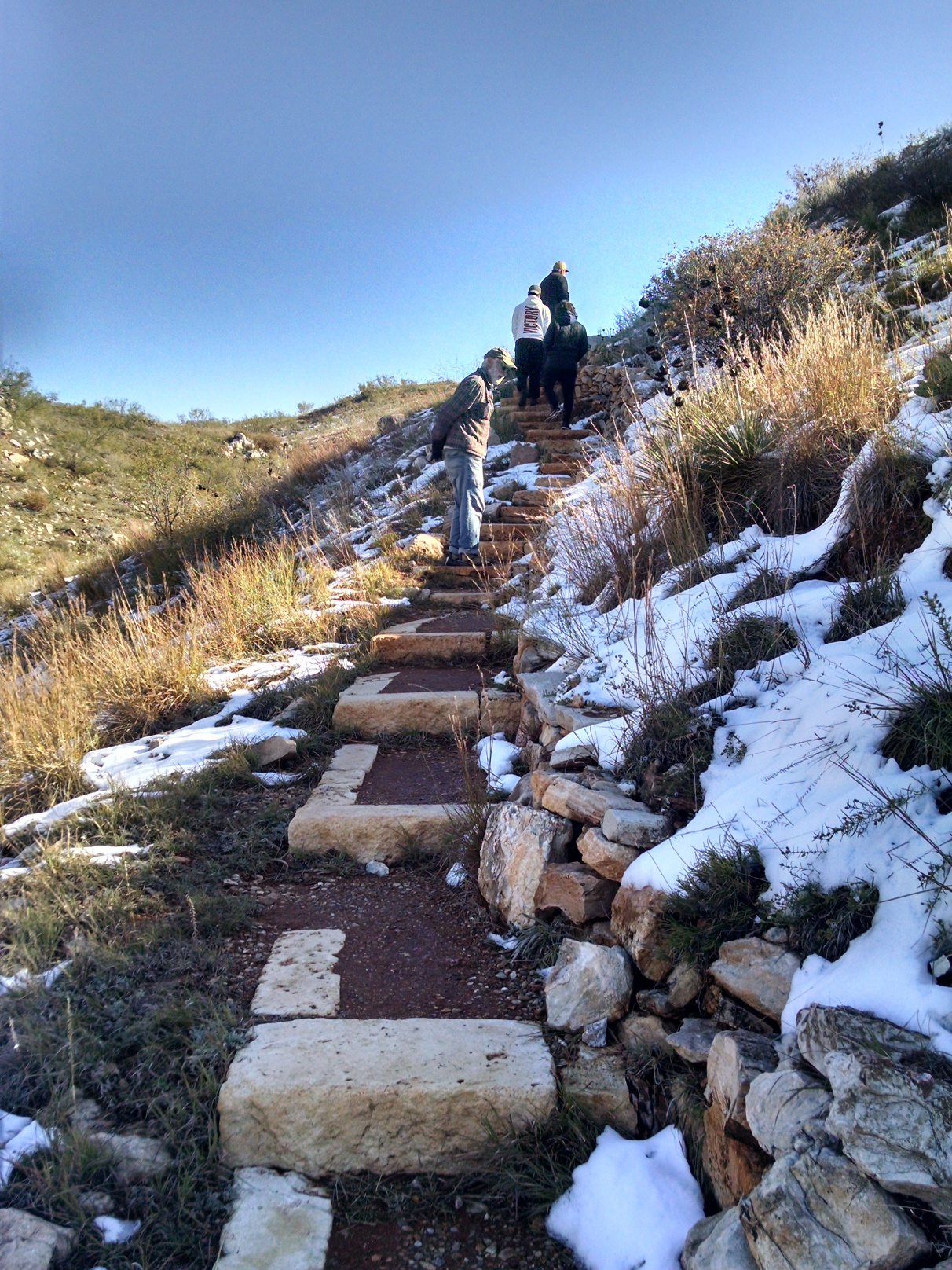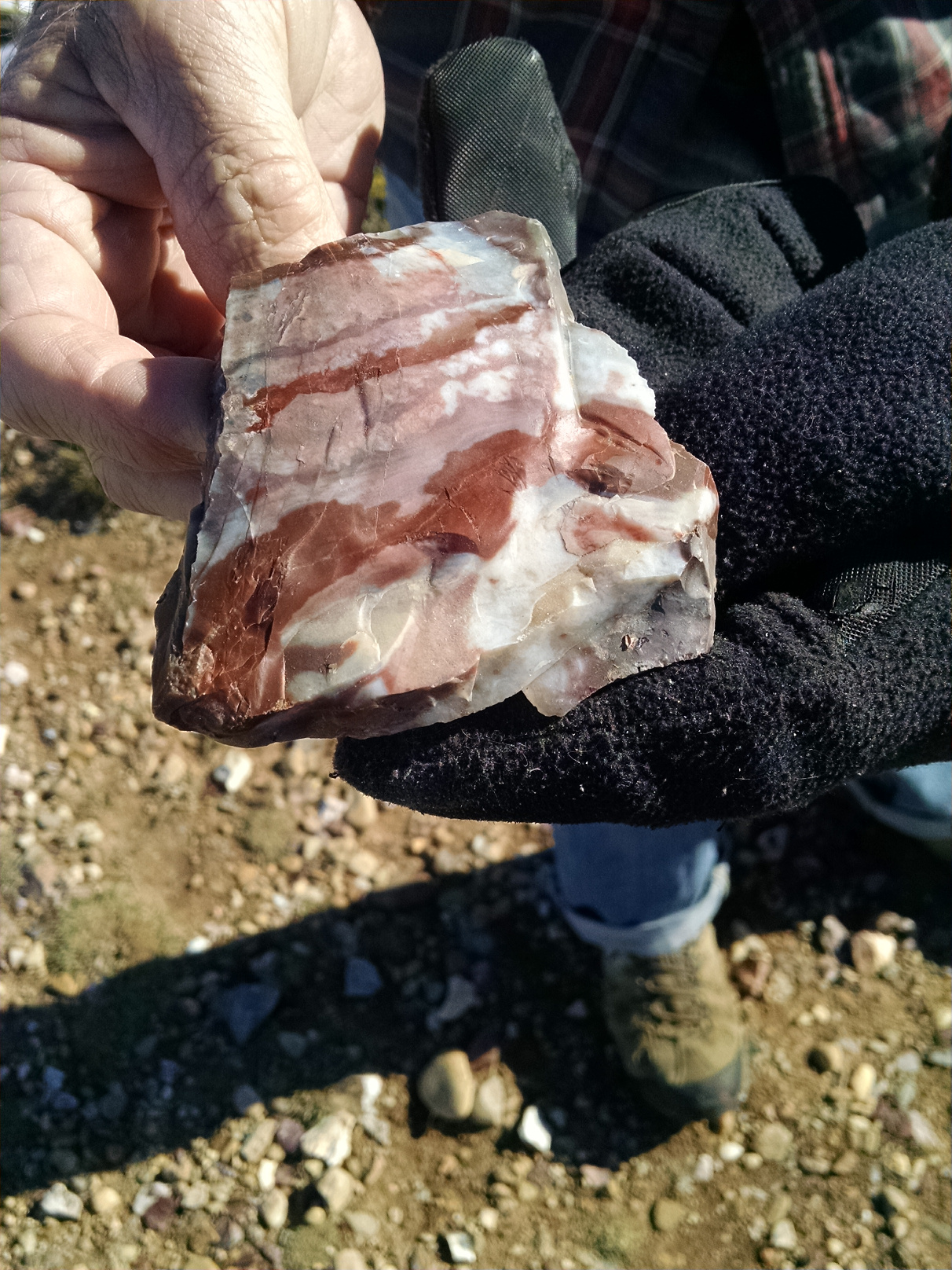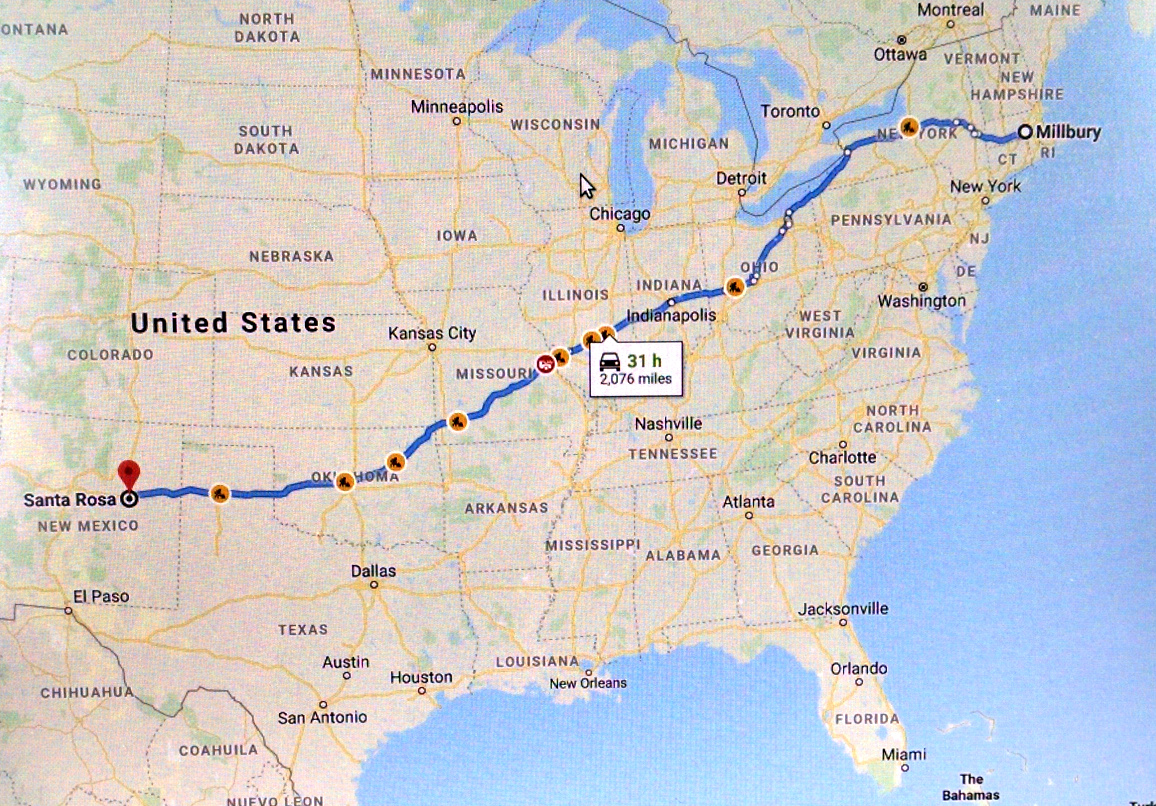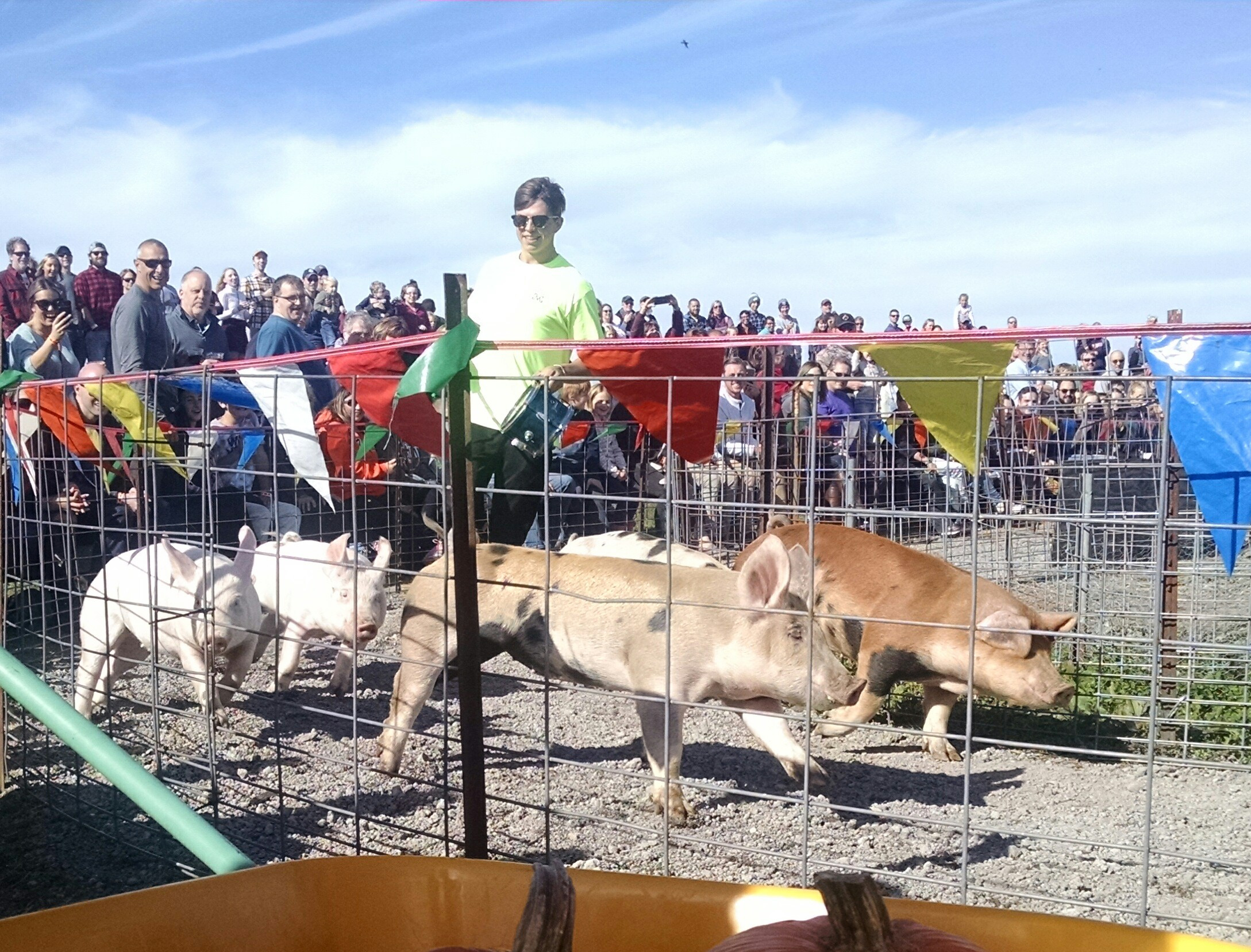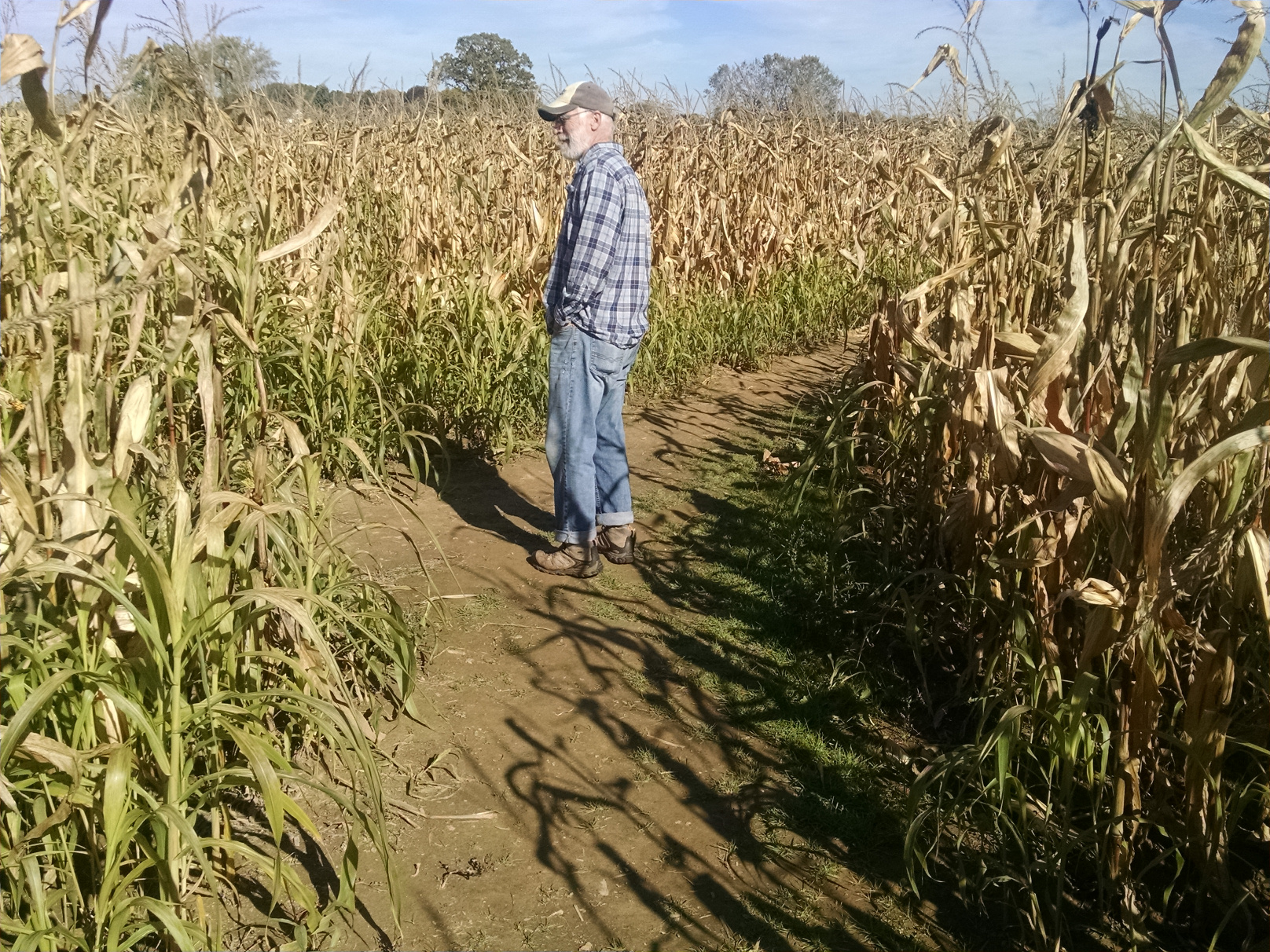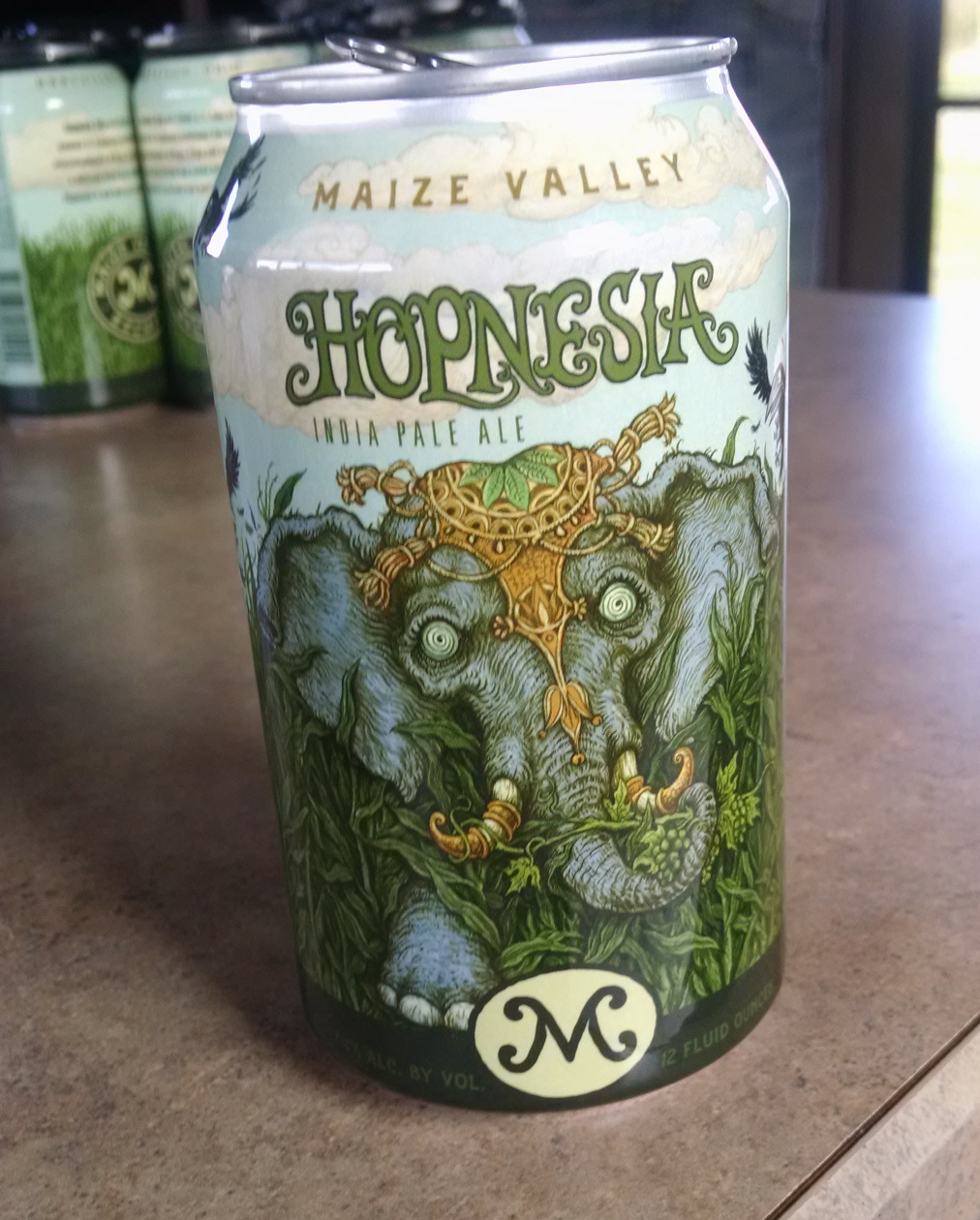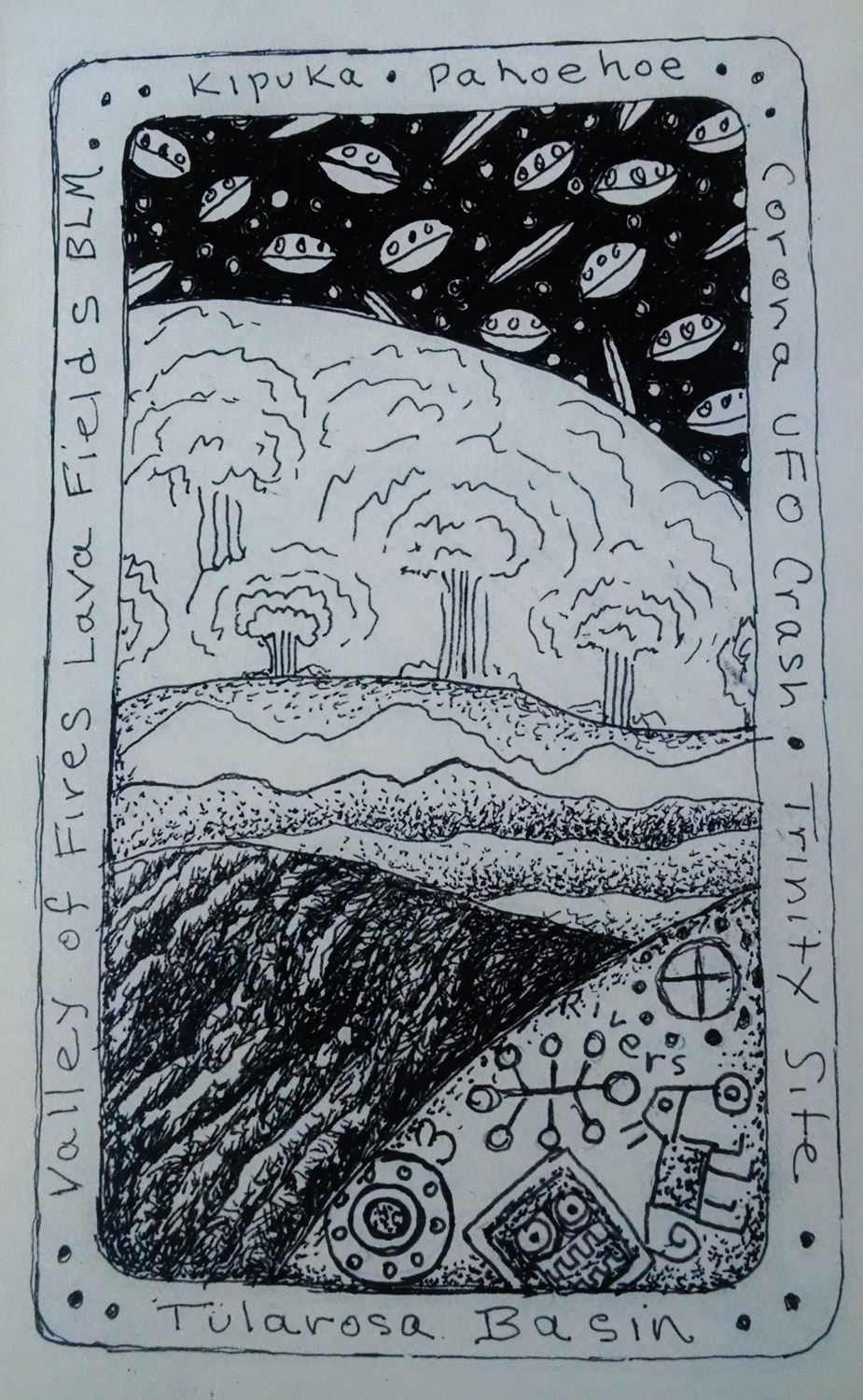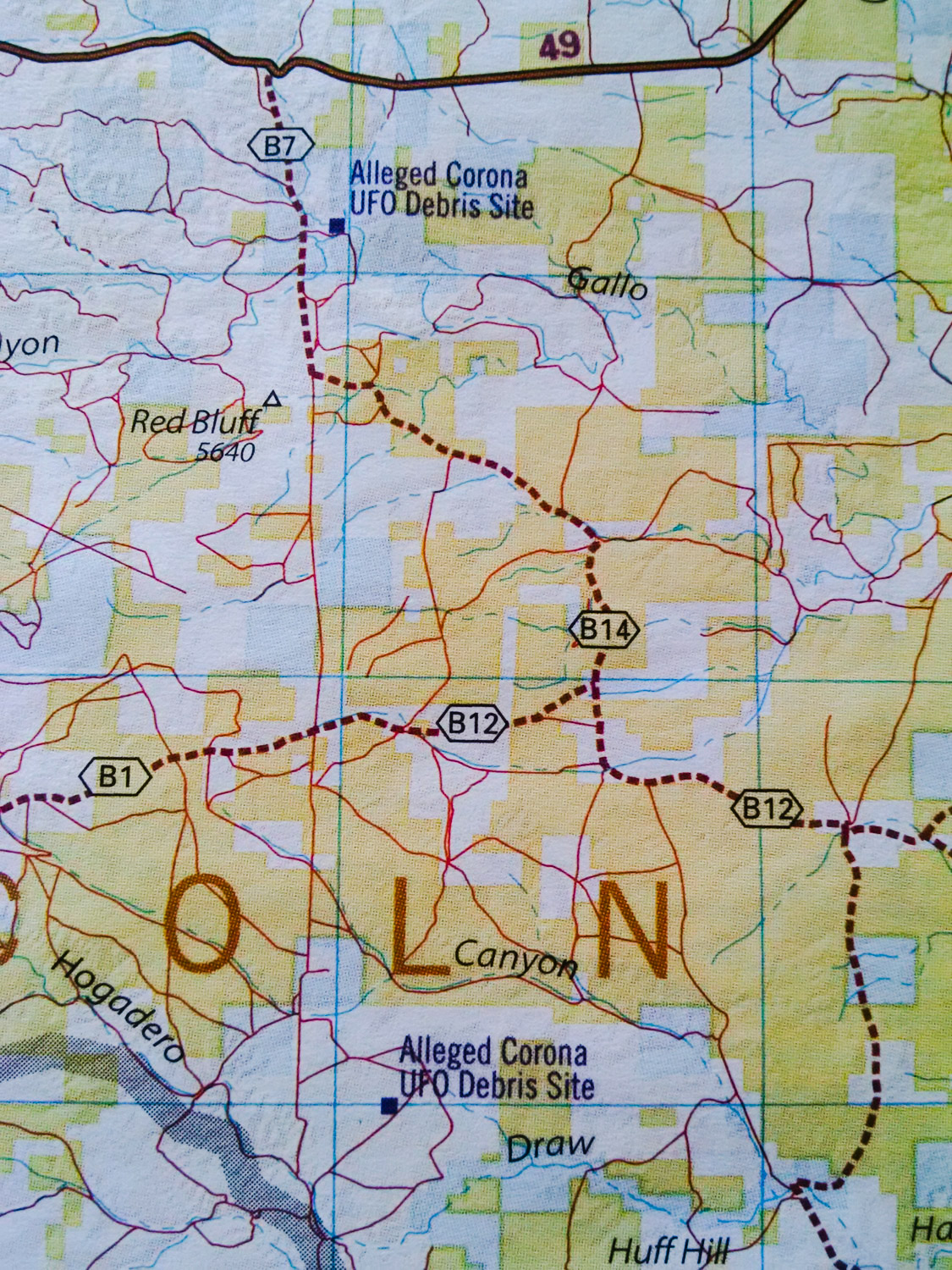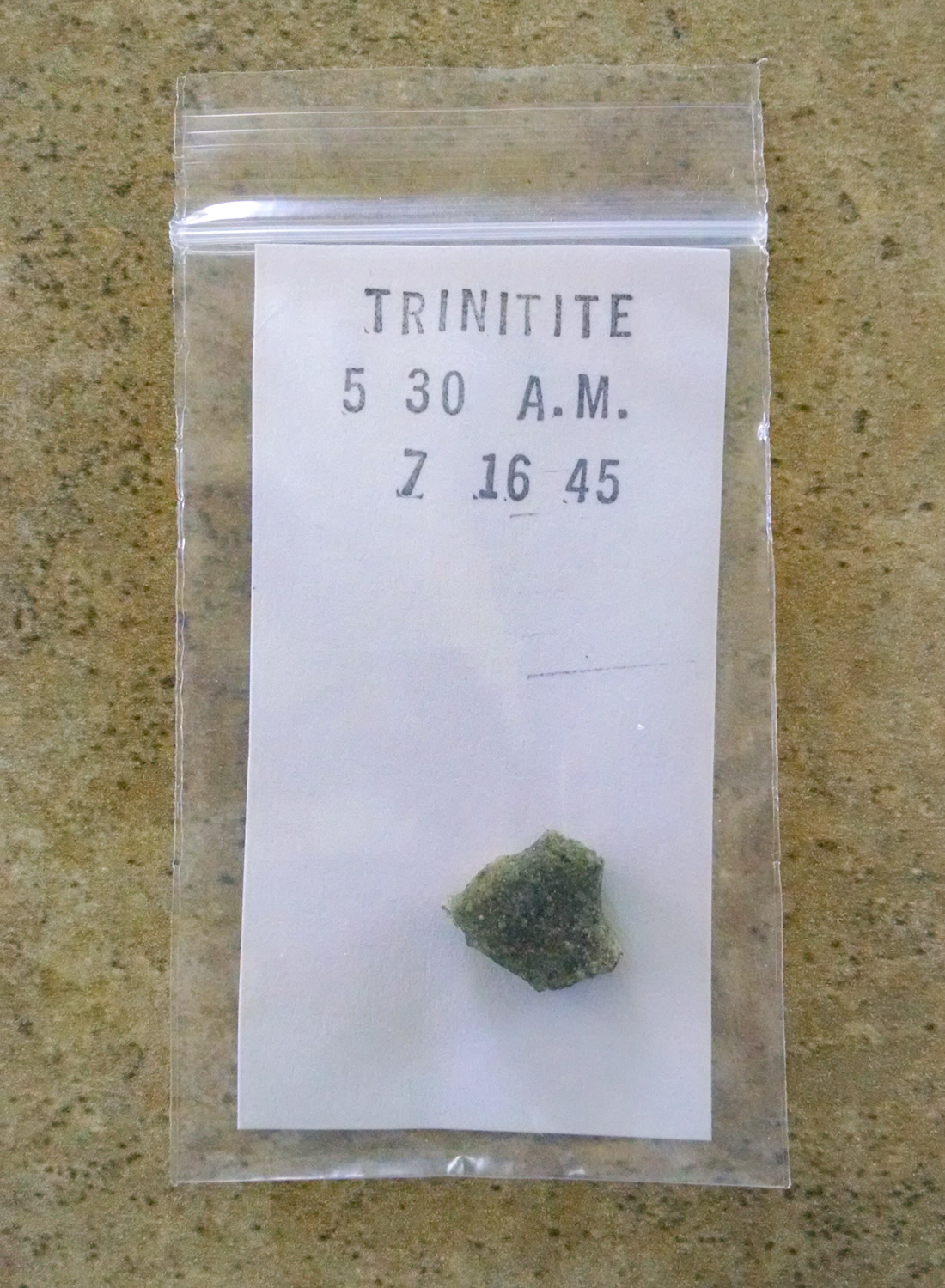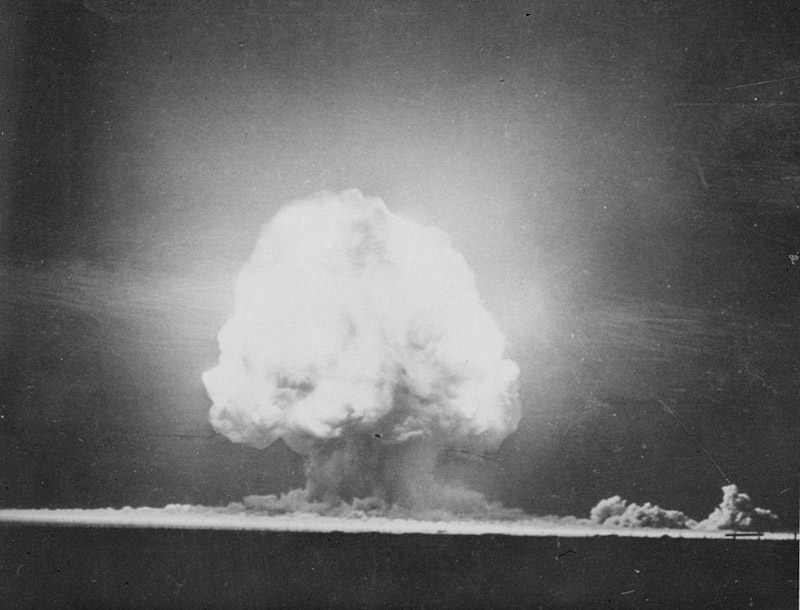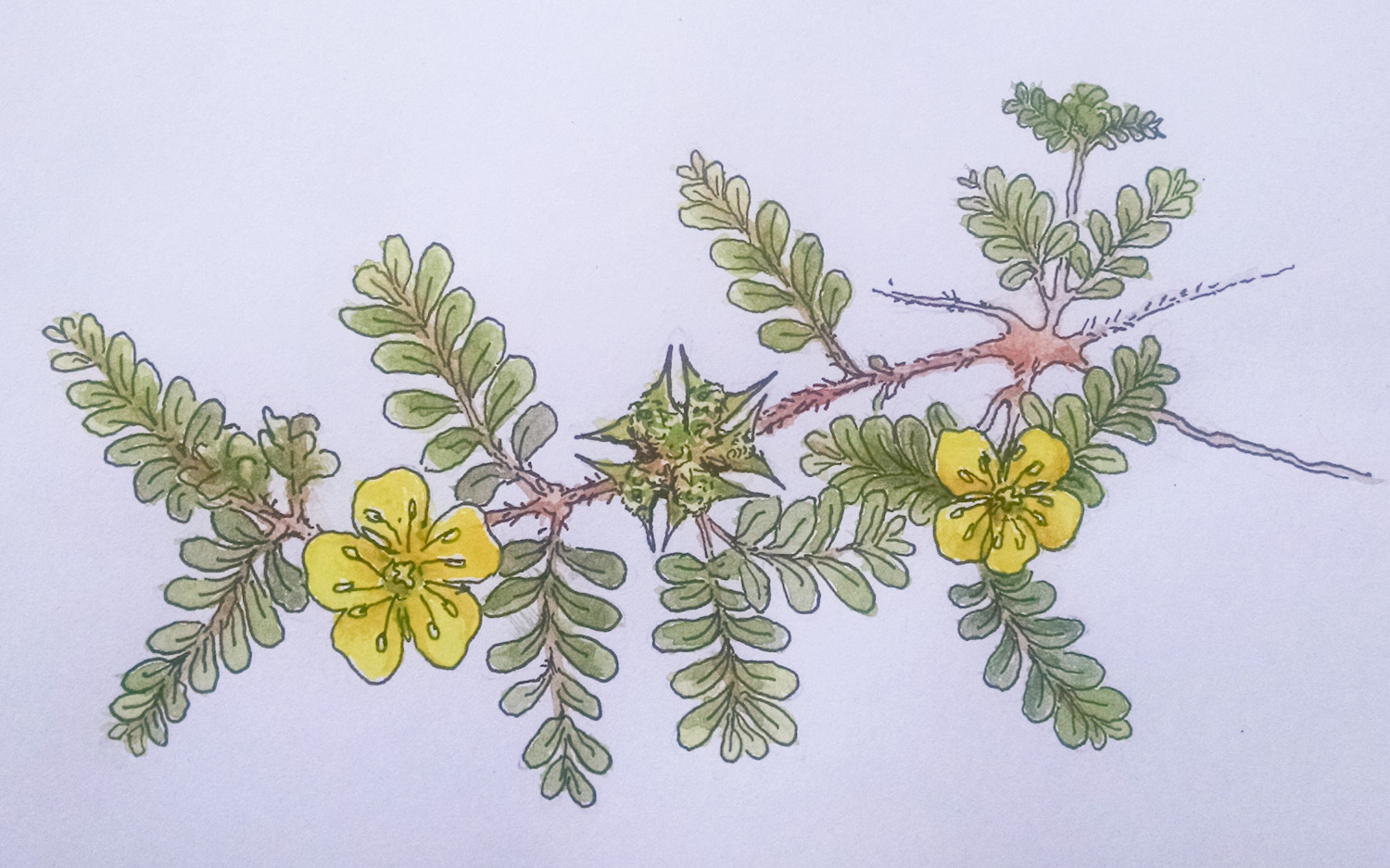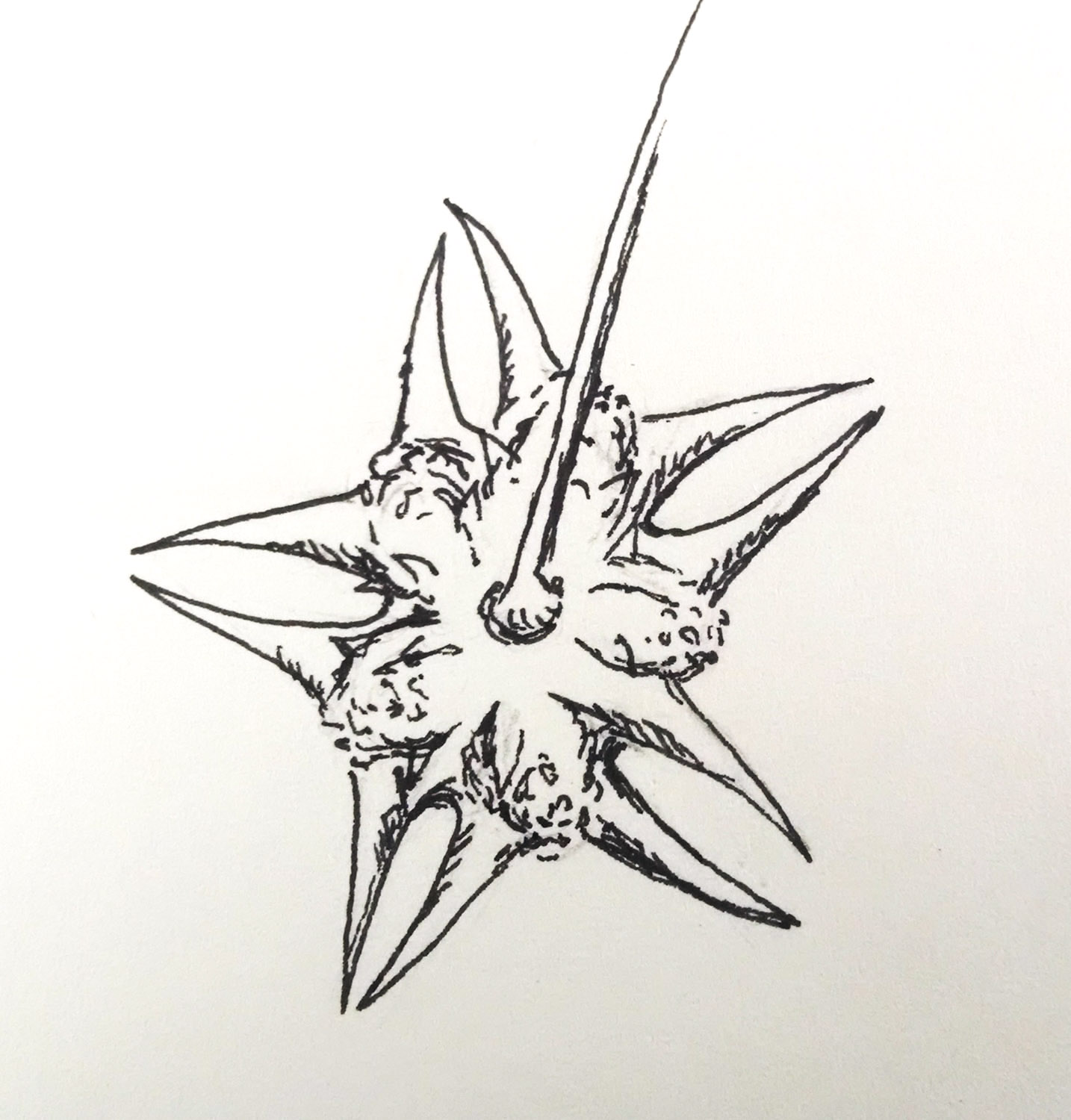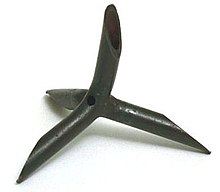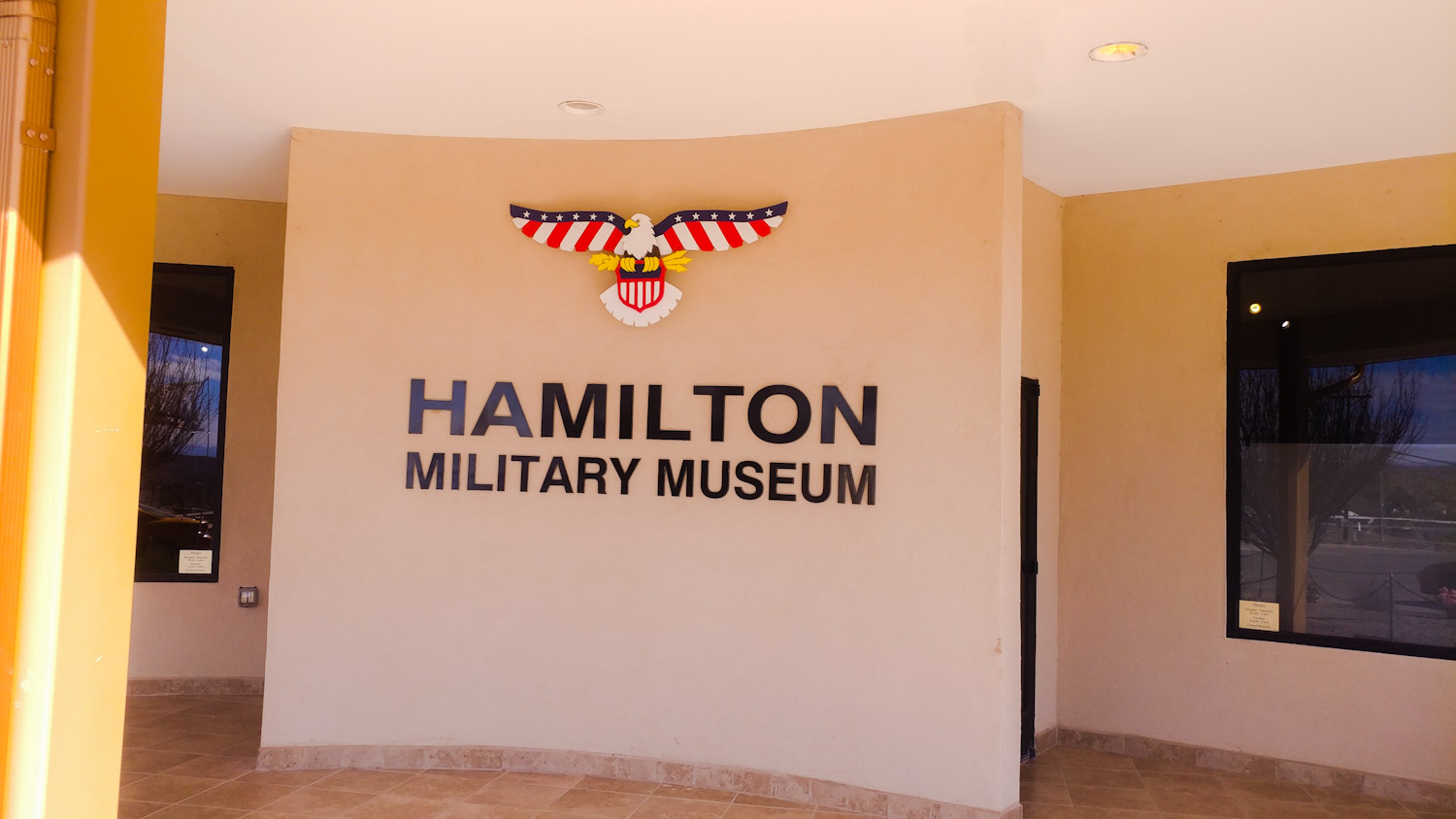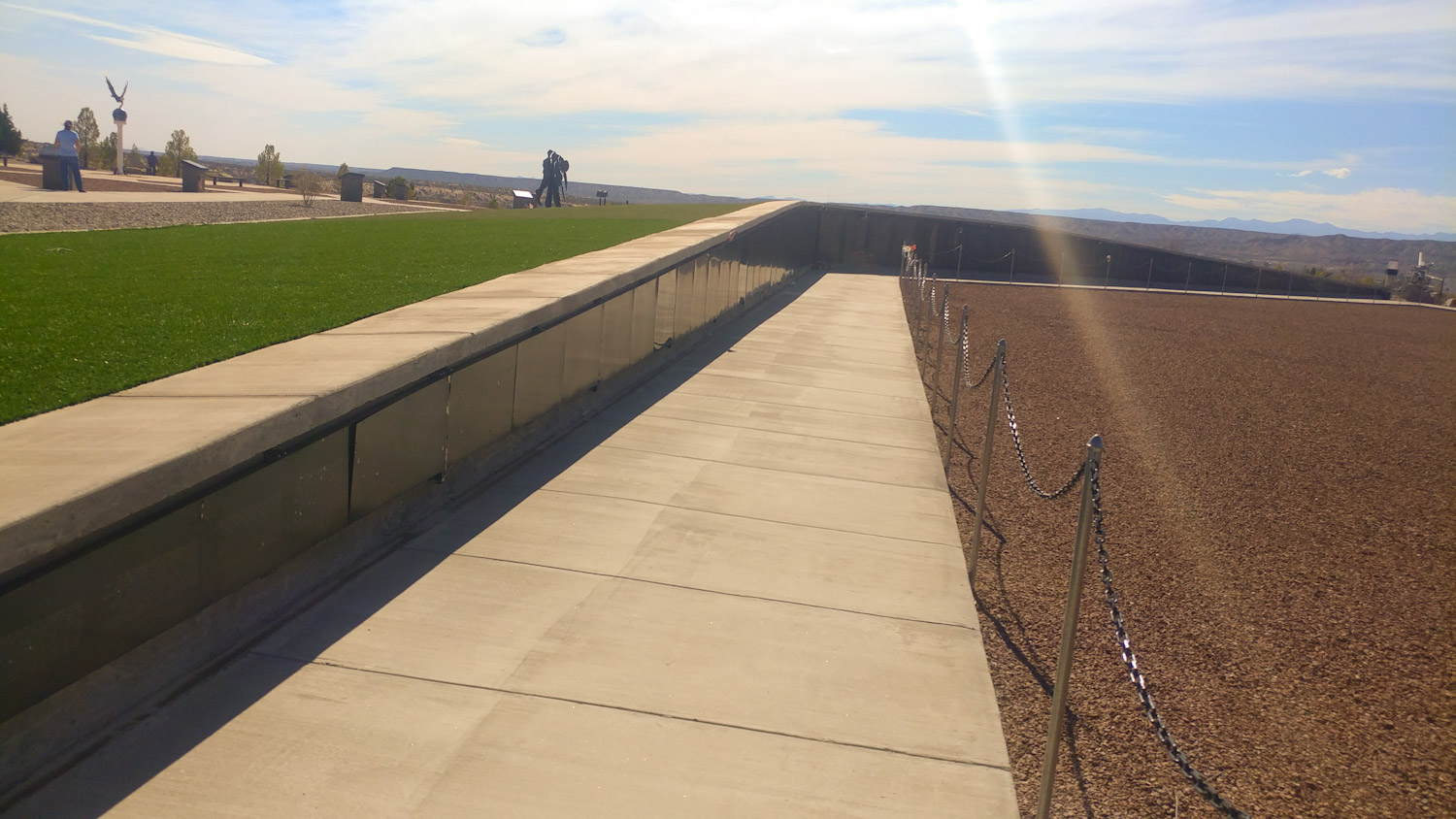Staying at an RV Resort is a new experience for us – we are generally boondocking types…preferring the “closer to wilderness” experience that National Forests and Bureau of Land Management tracts provide. But we wanted to check this place out, because it seemed…well…different. It is. There is a rustic feel to it and most of the sites have better-than-average space between rigs, but they still have some important amenities such as a laundry and a happy hour. People have corrals with horses here on their plots and almost everyone has one or more ATVs or Side-by-Sides for riding the many trails in the hills. The resort property is also surrounded by abundant BLM land for hiking, and is situated in an historic mining district, which means the geology is interesting. So we stayed here from mid-January to the beginning of February.
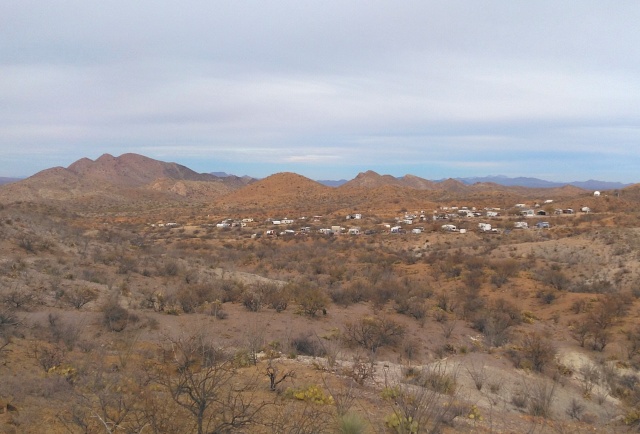
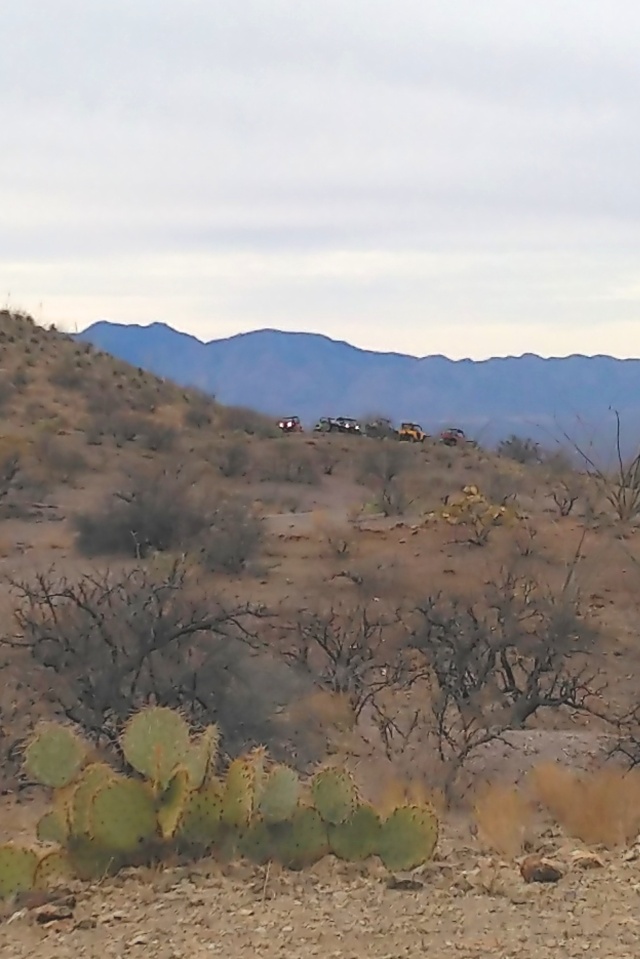
There is a strong community here, some folks have come here for 20 years or more – generally to escape the ravages of winter weather in northern climates in the northern tier of the country. There is a great “do your own thing” kind of vibe, and long term residents have landscaped their plots and added decks, carports and sheds, giving the park the aura of a neighborhood. Some old-timers have created some artful constructions such as the happy hour locus, Fort Kelly…
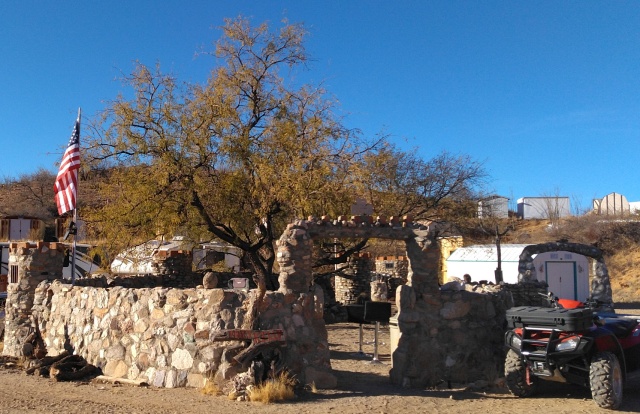
Another enterprising resident built a small, classically styled, rotating shutter dome observatory on the hillside. The observatory itself was recently repaired but is currently lacking the telescope. Speaking of observatories, as we look out from our RV to the mountains west of here the massive structures of Kitt Peak Observatory are visible in the distance.
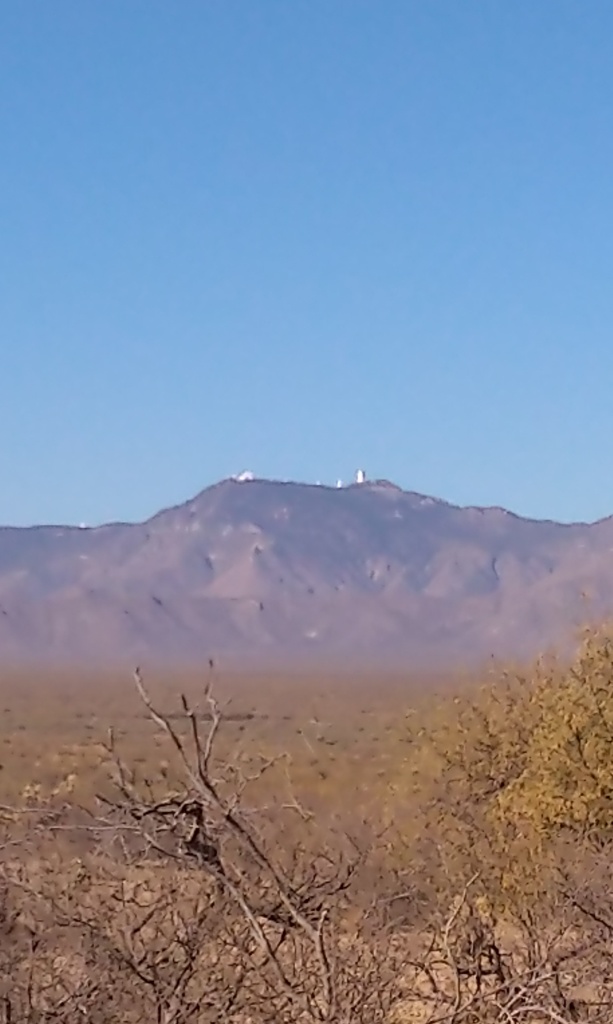
But the thing that really stands out about this place is the mines. Everywhere you go – on every trail we hiked – we could see tailings piles on the hillside. There are shallow pits, deep shafts and mines you can walk into, or drive a truck into. Most are cordoned off with warning signs and barbed wire fences, but some are not. Most are small – but some are massive. Some are used as hideouts for the illegal alien traffickers that have a route right through Caballo Loco.
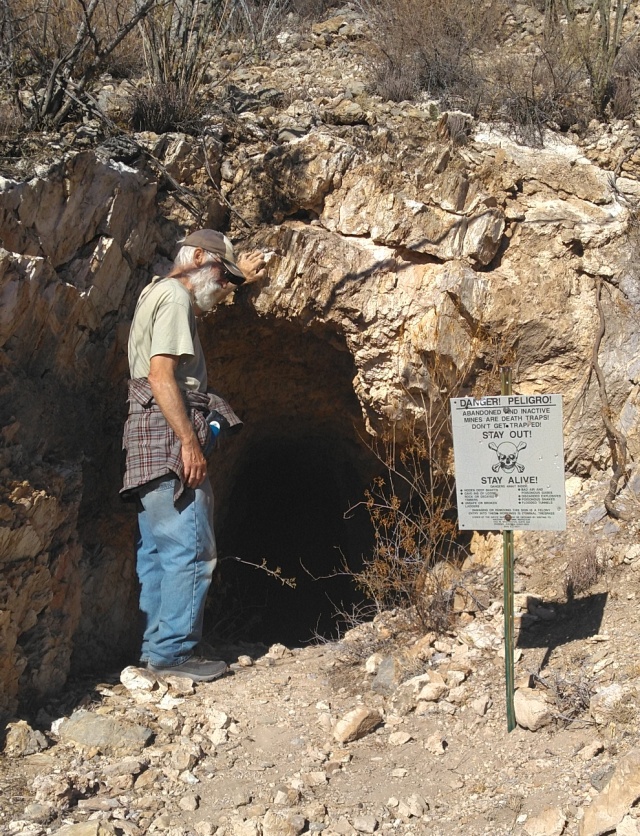

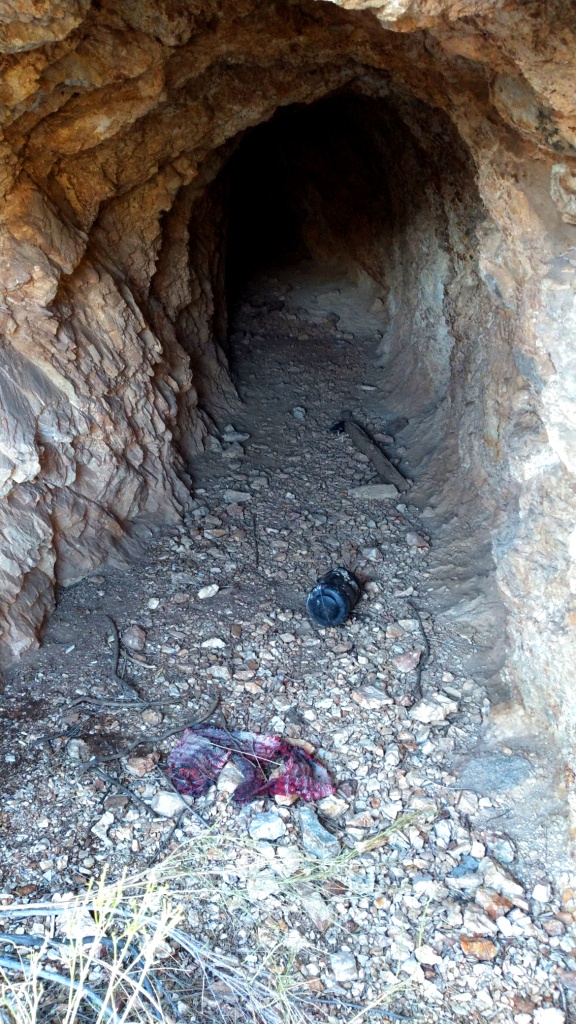
This region is part of the Papago and Sierrita Mining Districts located on the west side of the Sierrita Mountains south of Tucson. The minerals mined here included silver, lead, copper, zinc, iron and some placer gold. The mines have been worked sporadically since the 1870s.
While walking the areas and exploring tailings piles we found a few nice pieces with malachite and azurite, a piece of citrine and one small pebble of turquoise.
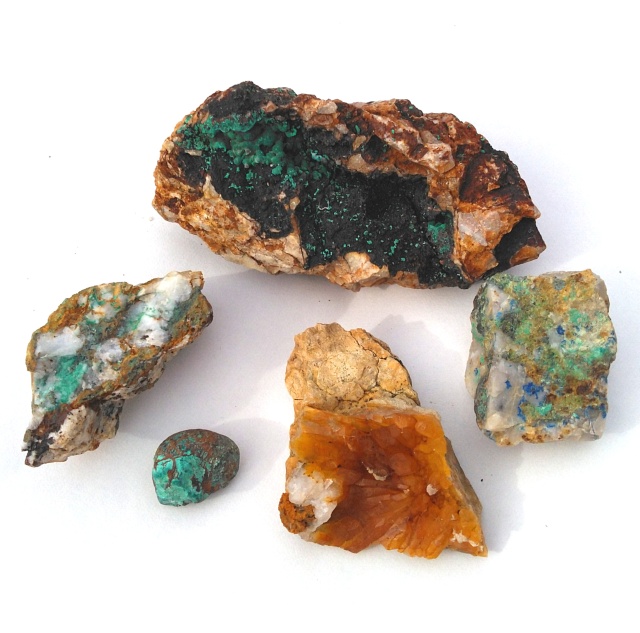
Metal detecting is tricky in such an iron laden and mineralized area…but it’s always good experience to make the attempt in a challenging area.The iron in some of the “hot rocks” was so abundant that it was hard to “unstick” the testing magnet.
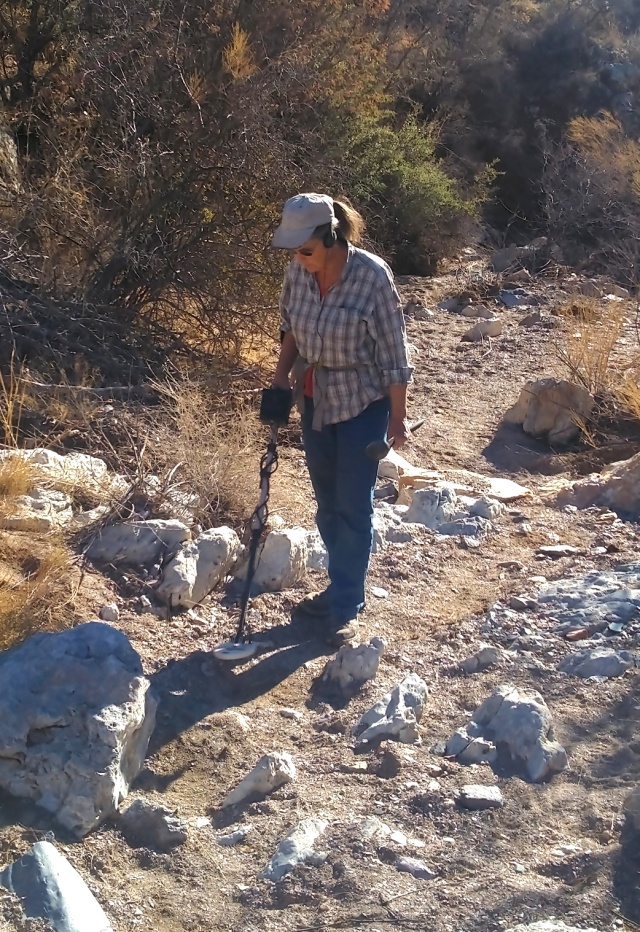
We found our way to the massive “Sunshine mine”, and climbed up to the entrance. We did not go in however, because the entrance was guarded by a large and active beehive. The bees had built the hive into the folds of a curtain stalactite structure high up on the roof near the cave entrance. A few bees were buzzing us as we drew near, so we retreated. We will not mess with bees.

This area is also a very active ranching area, so along with the numerous ATV trails there were many cow paths to walk on, and you never knew when you might encounter a cow or two…
